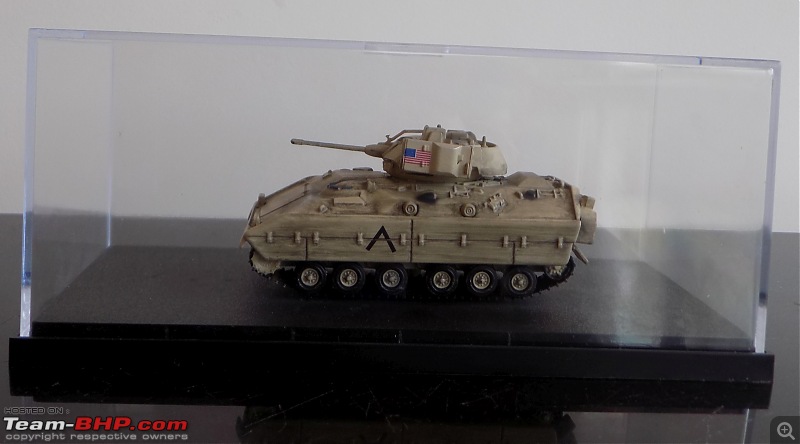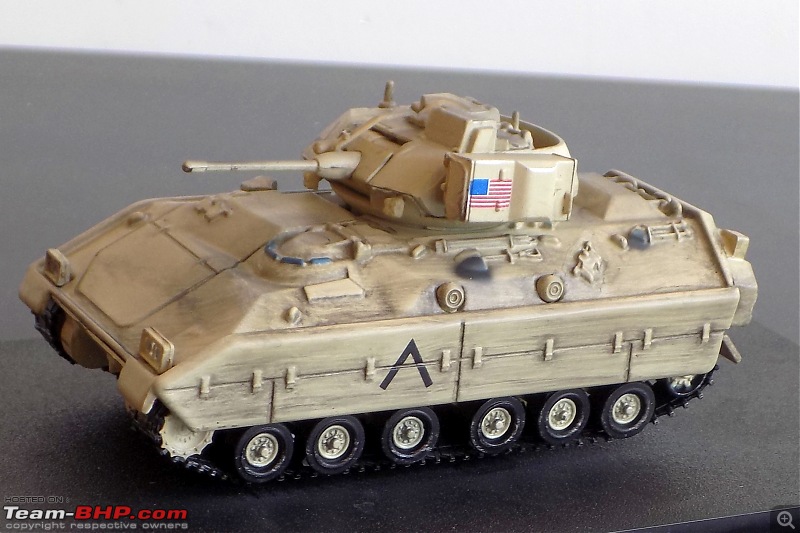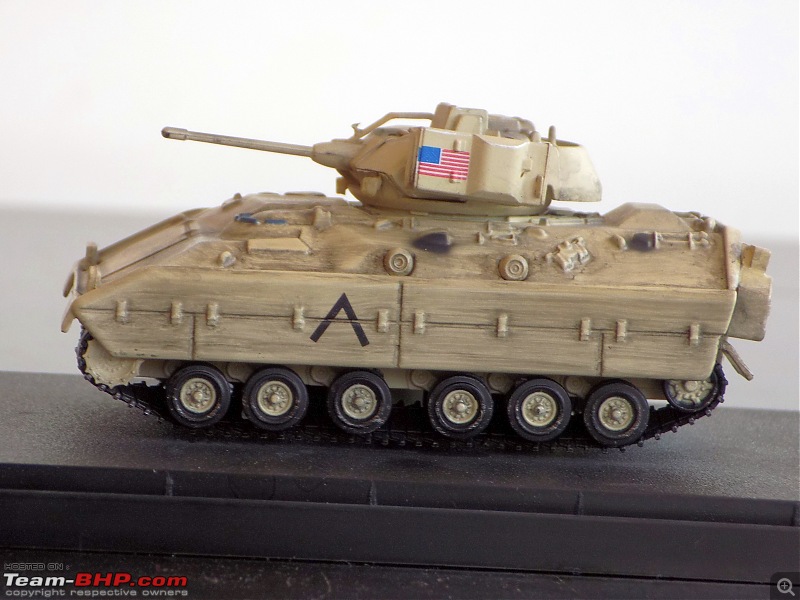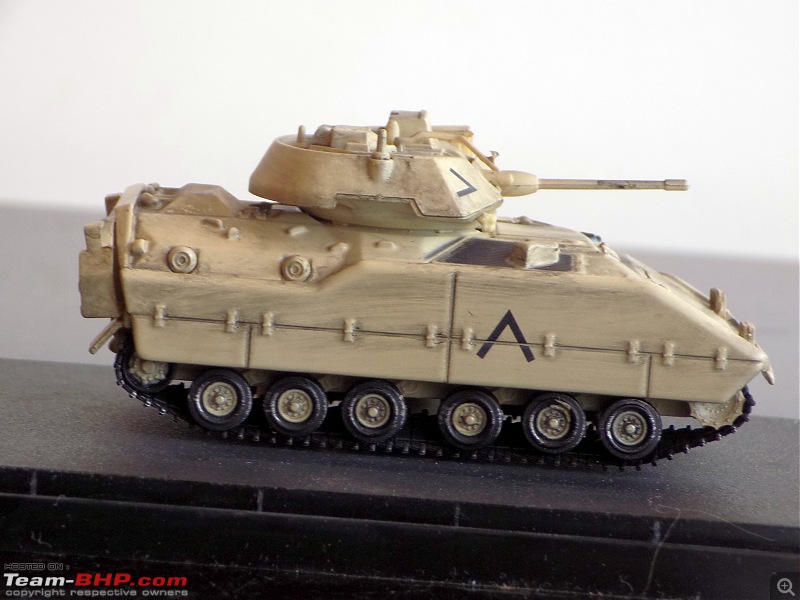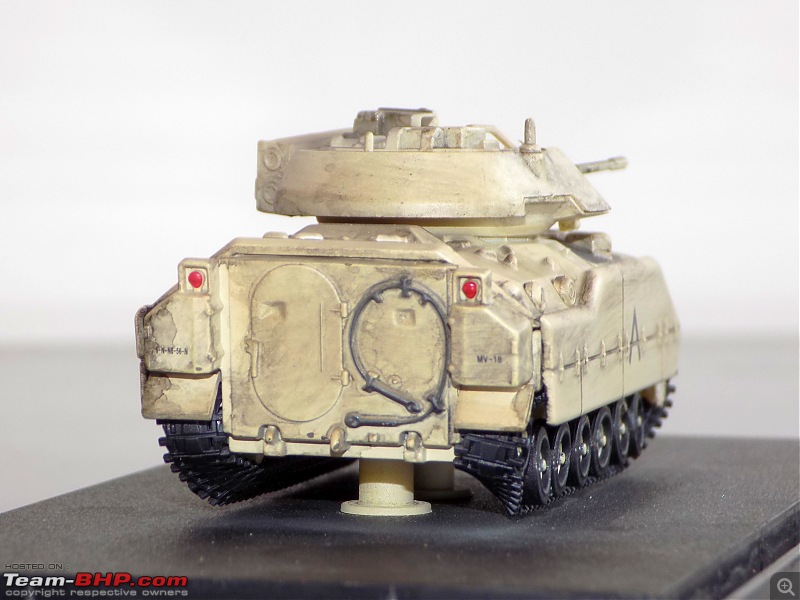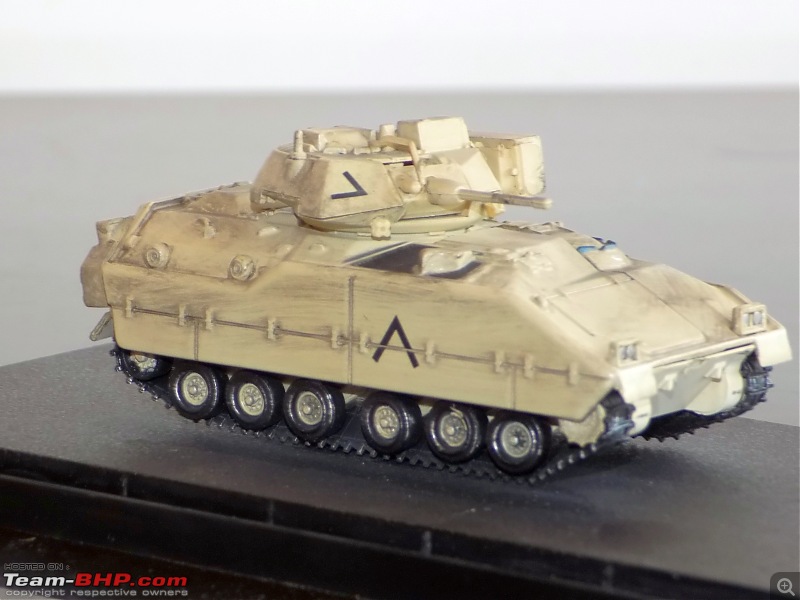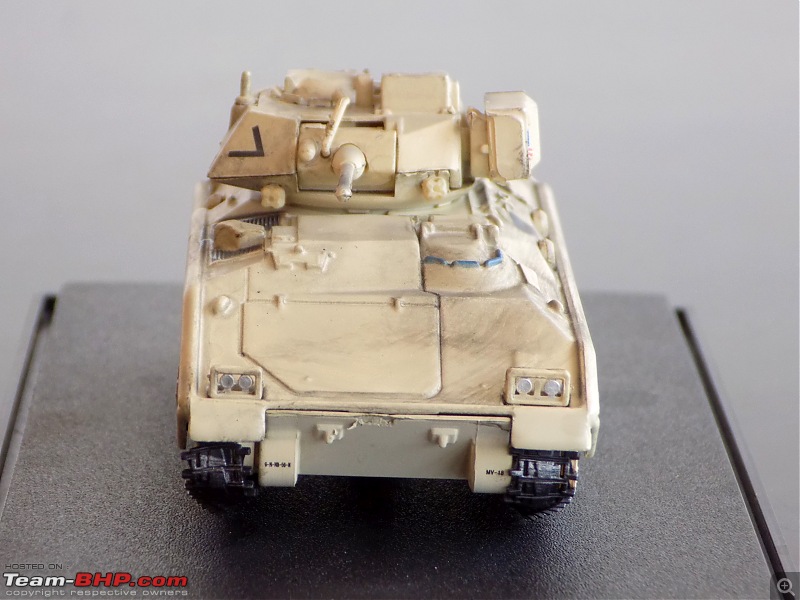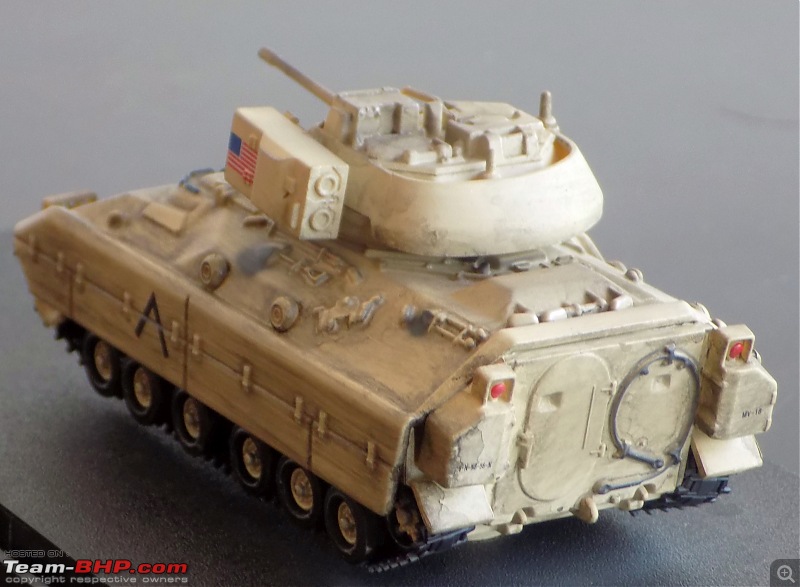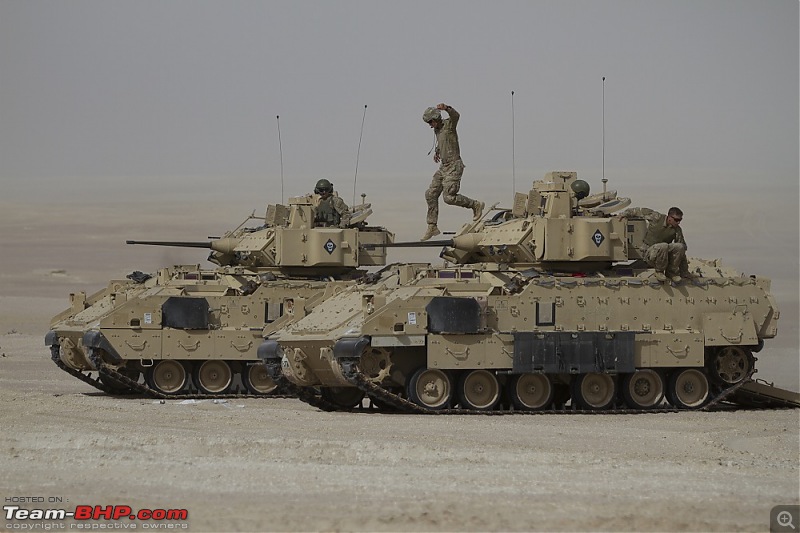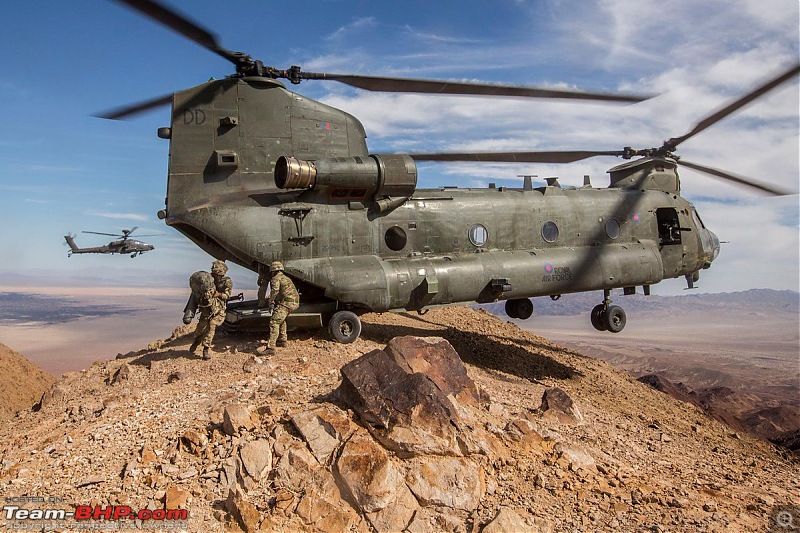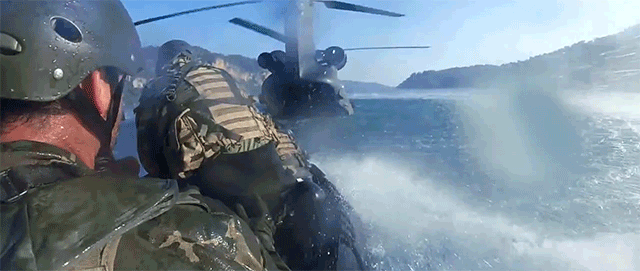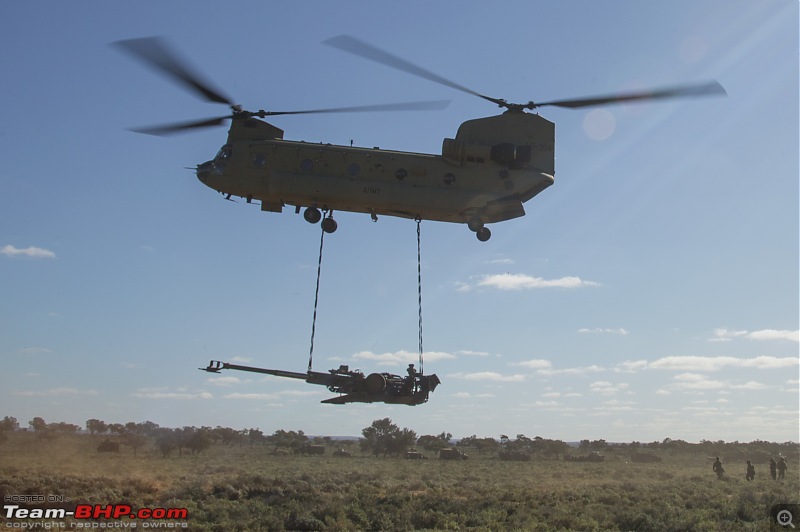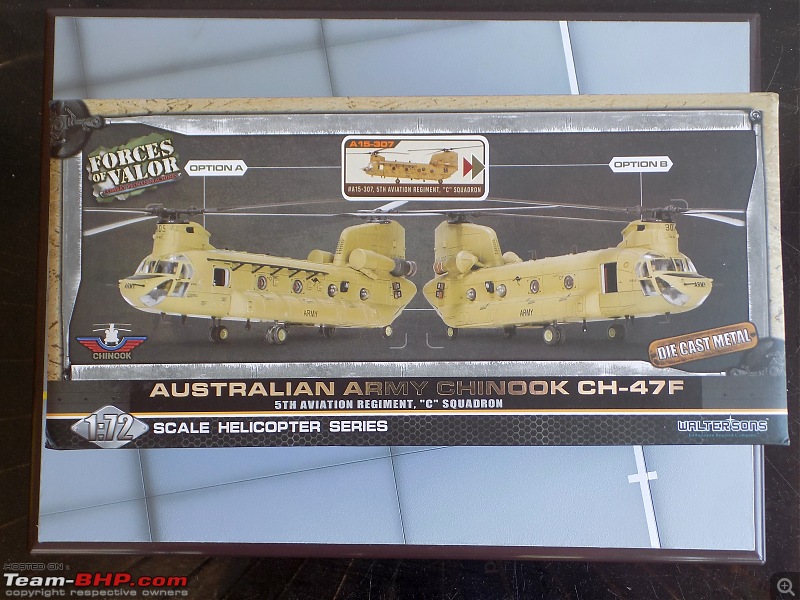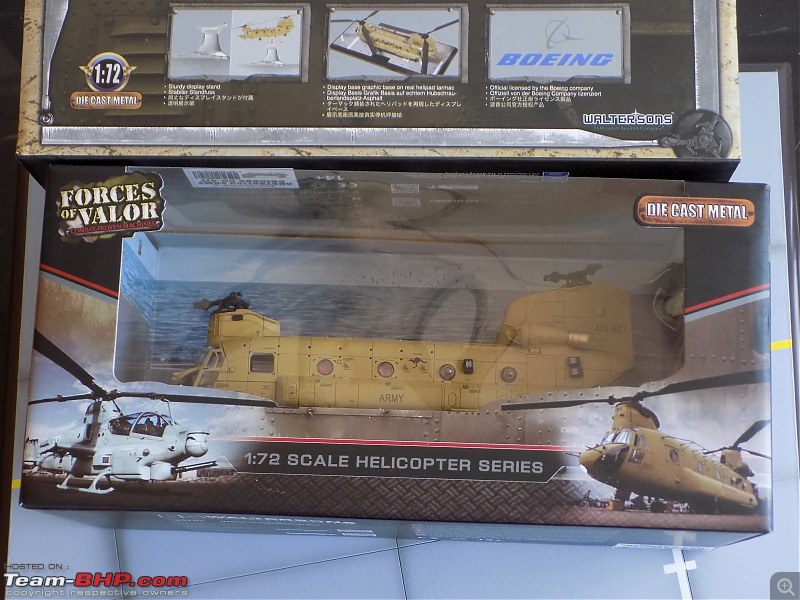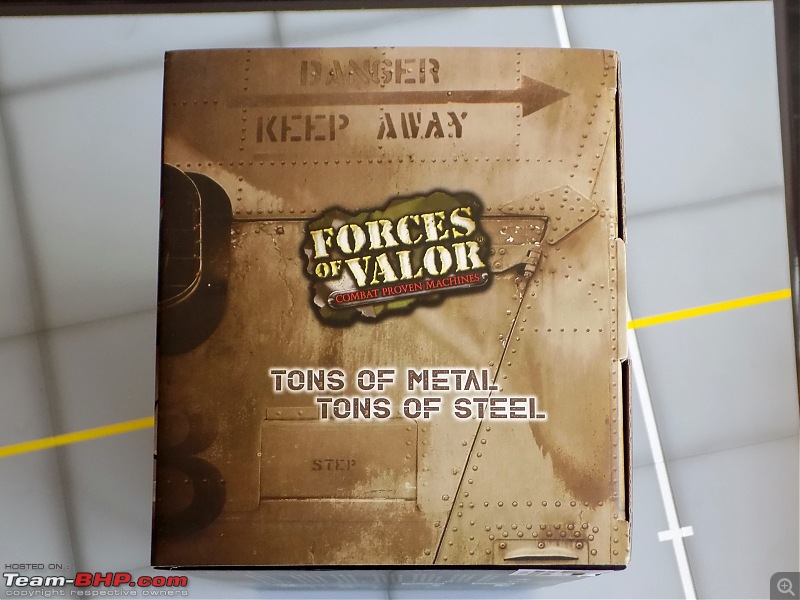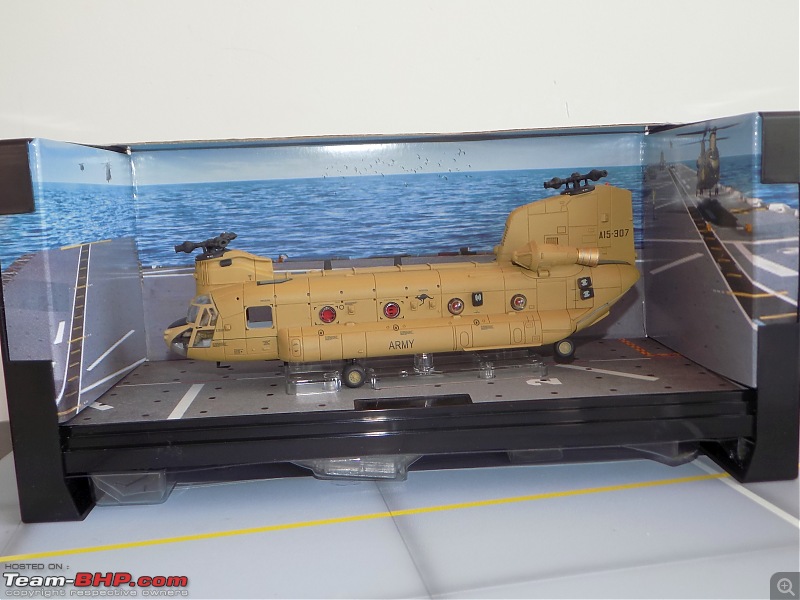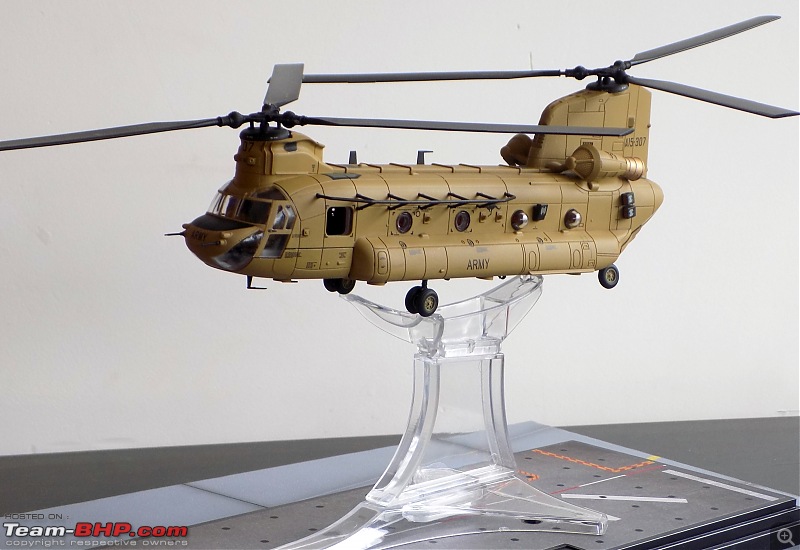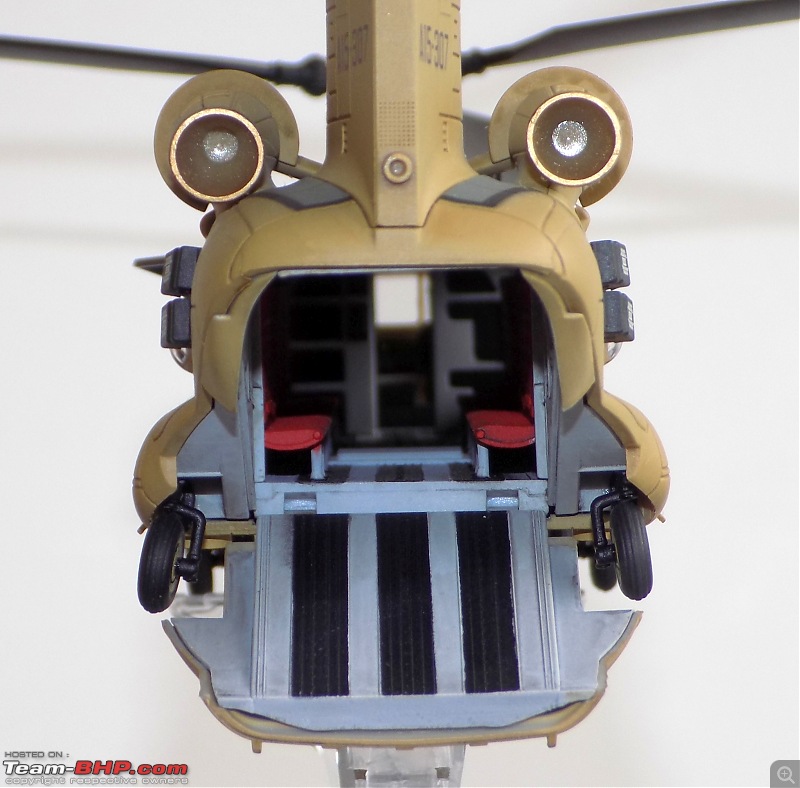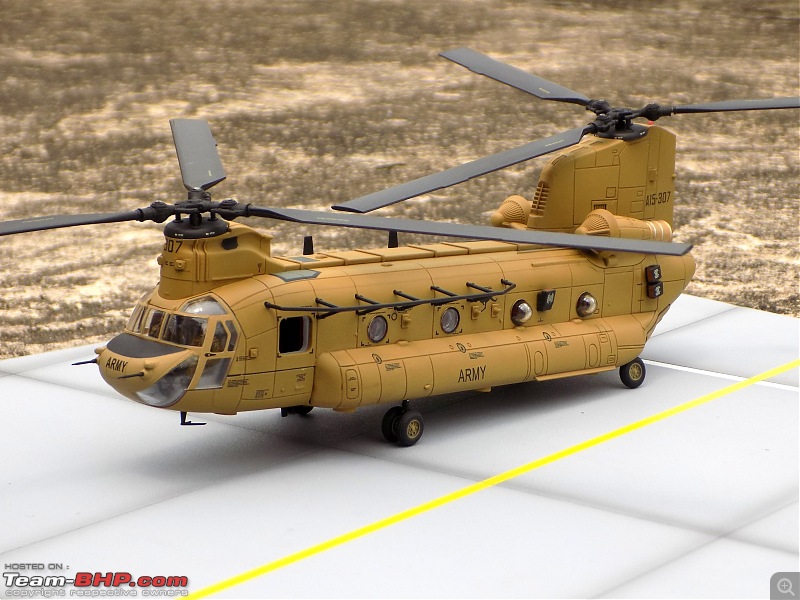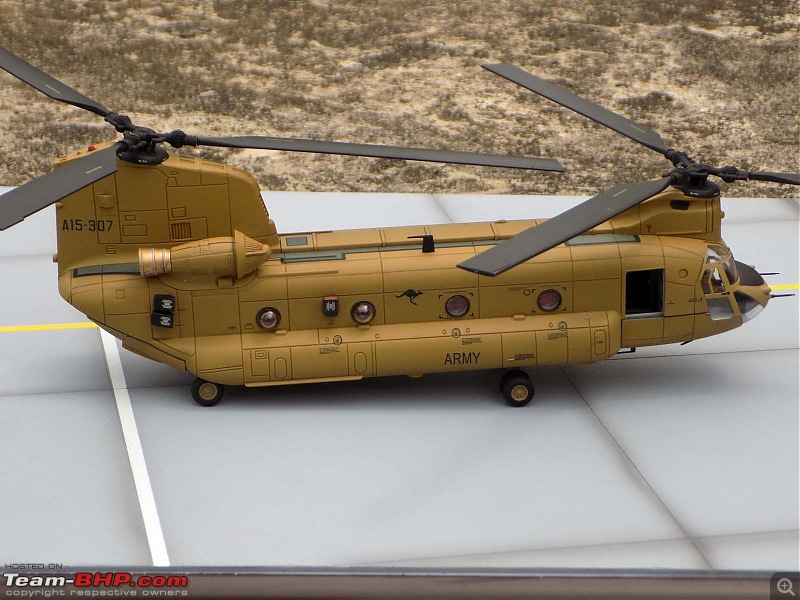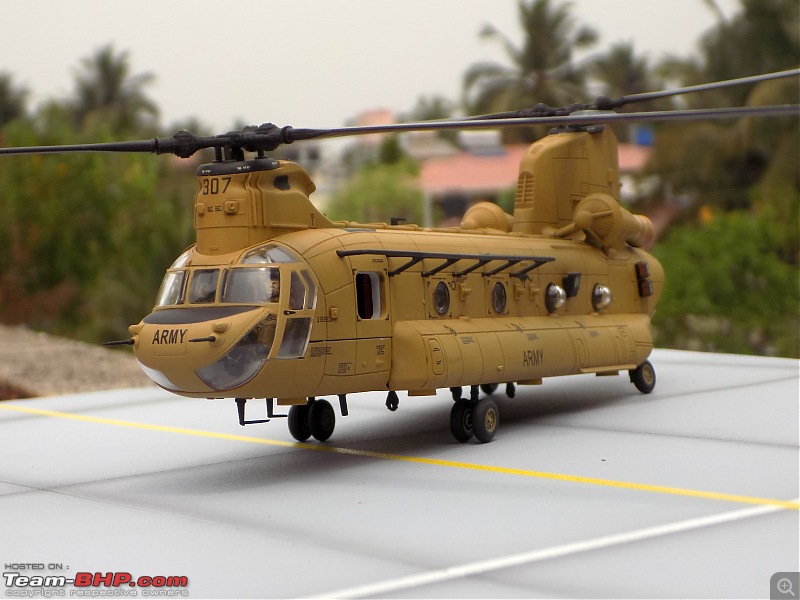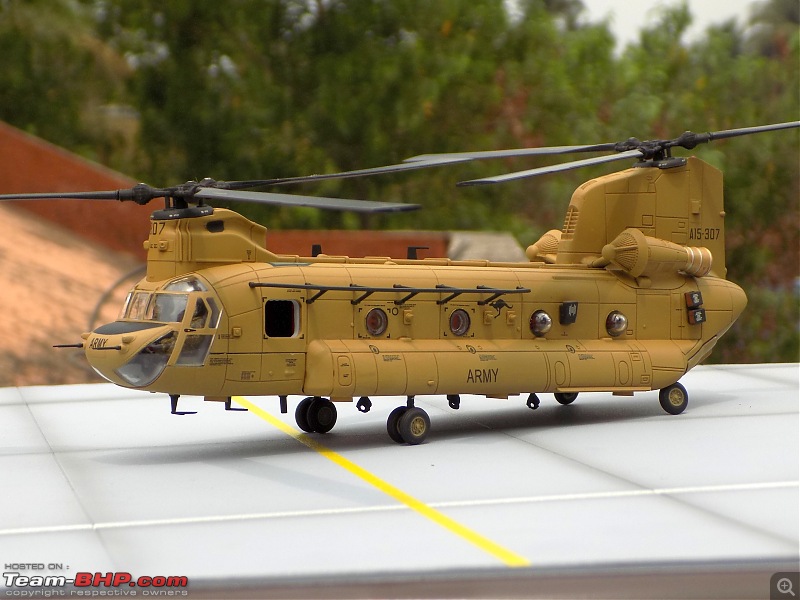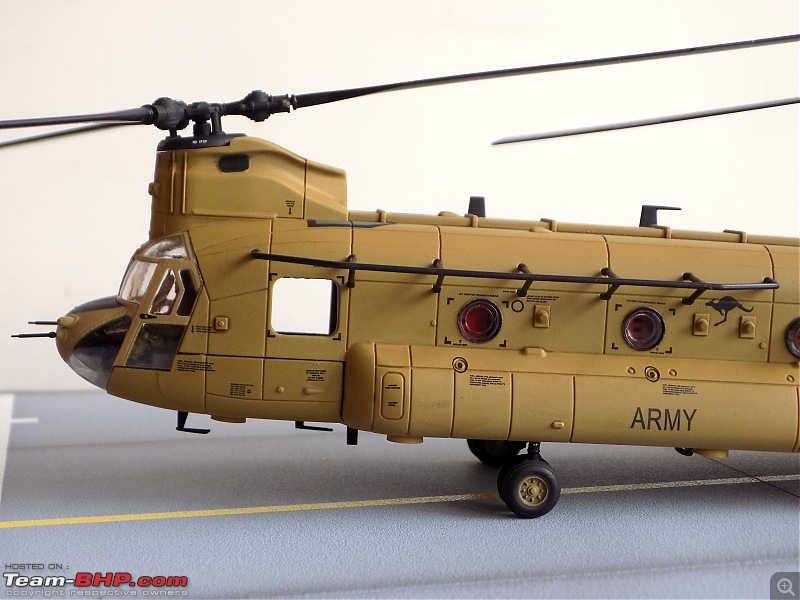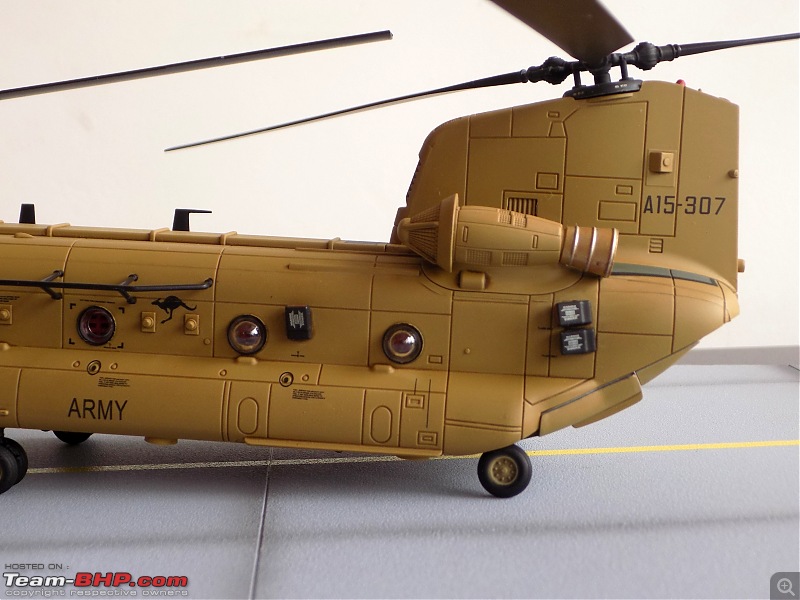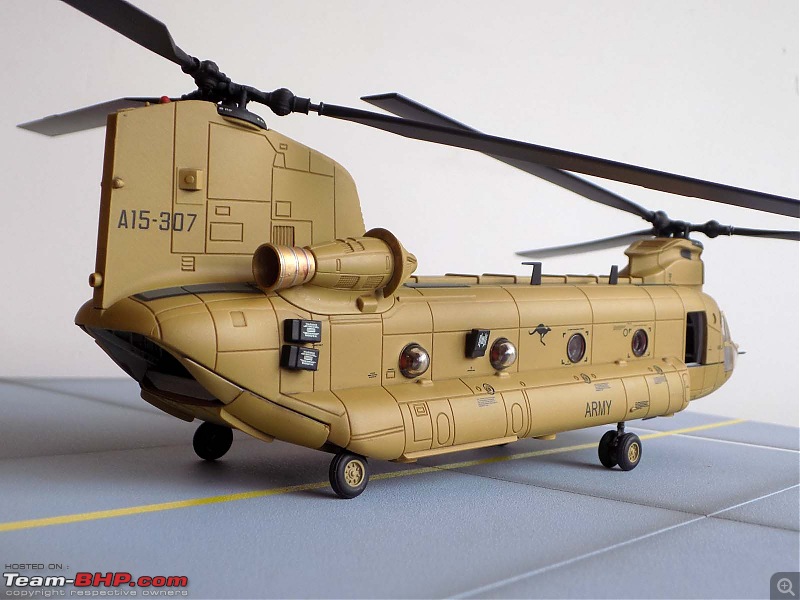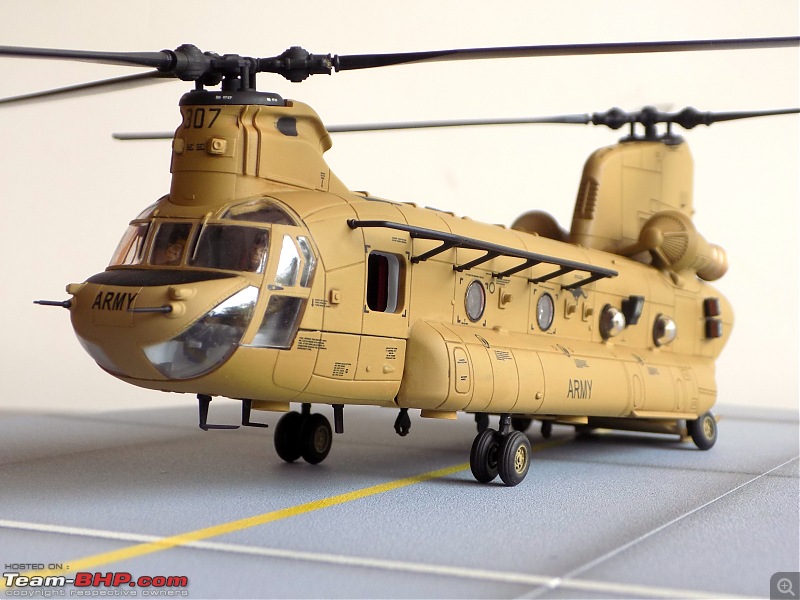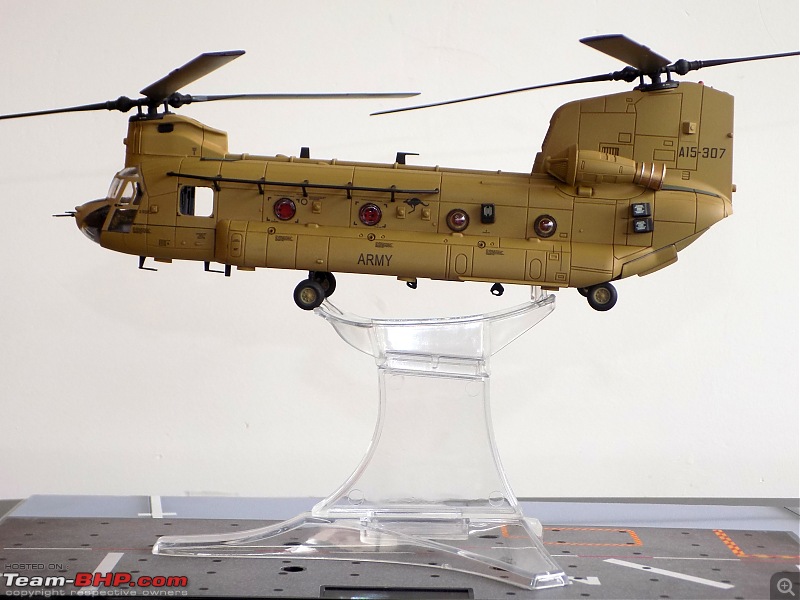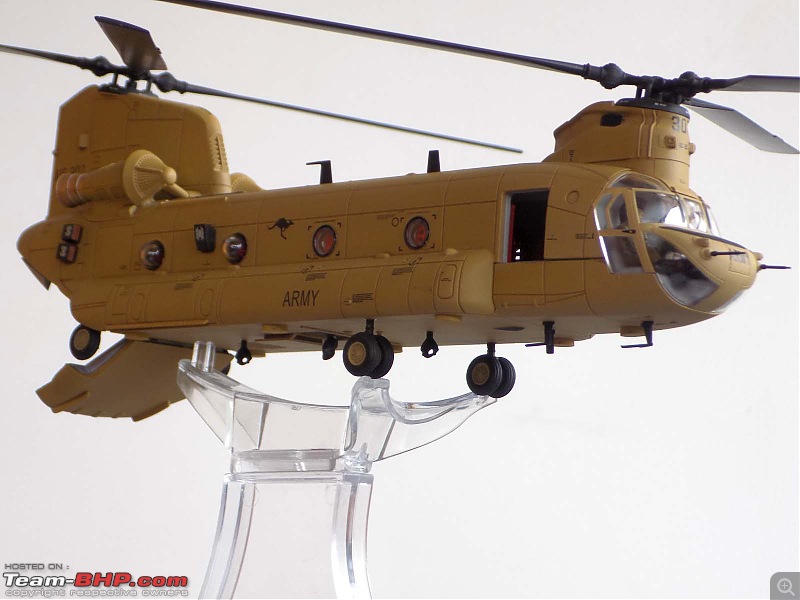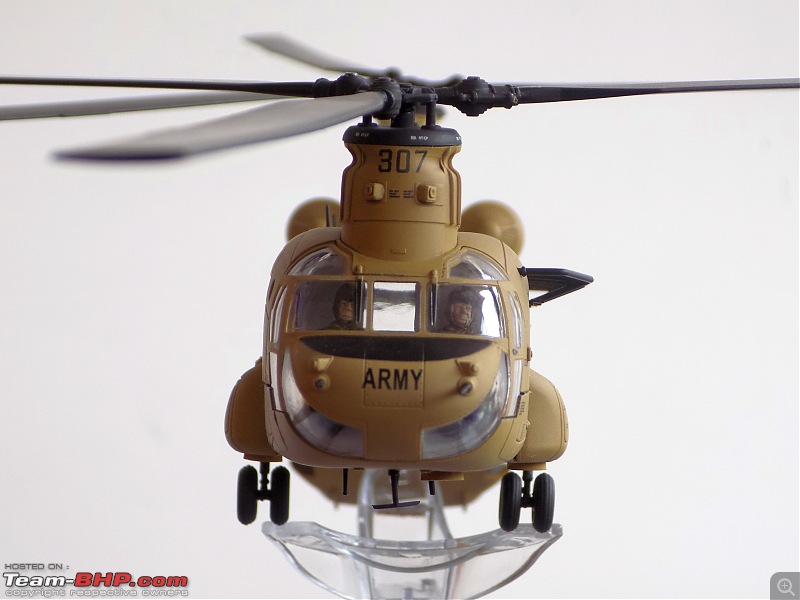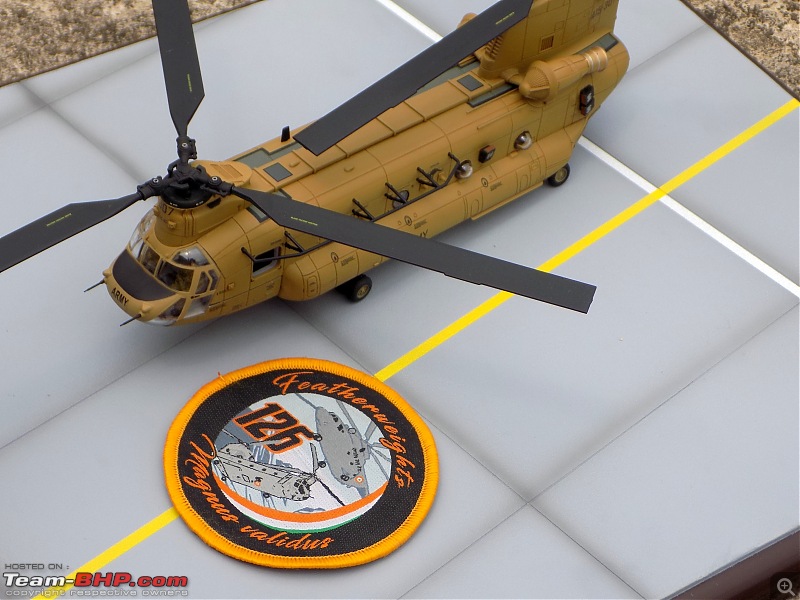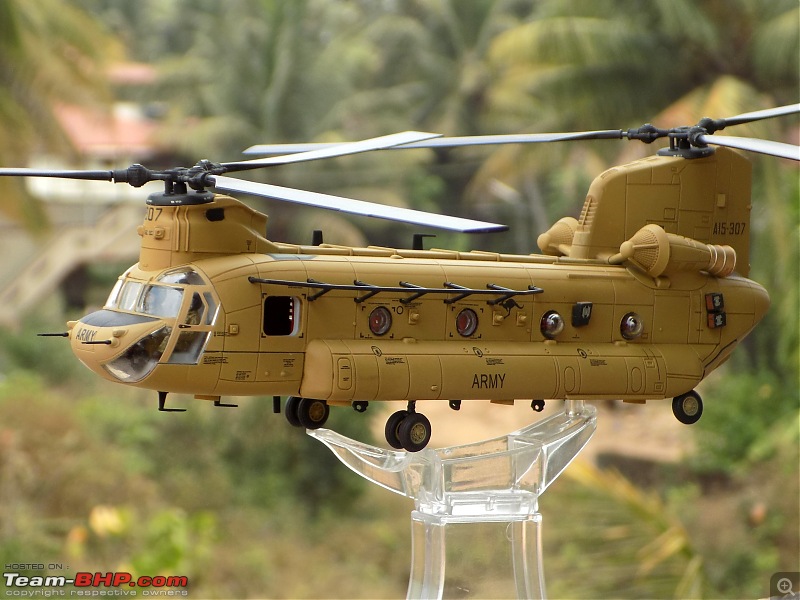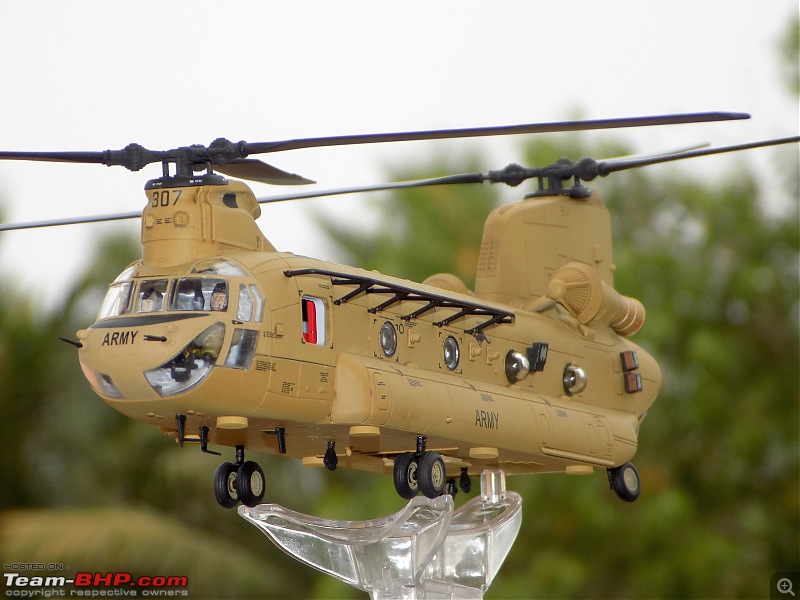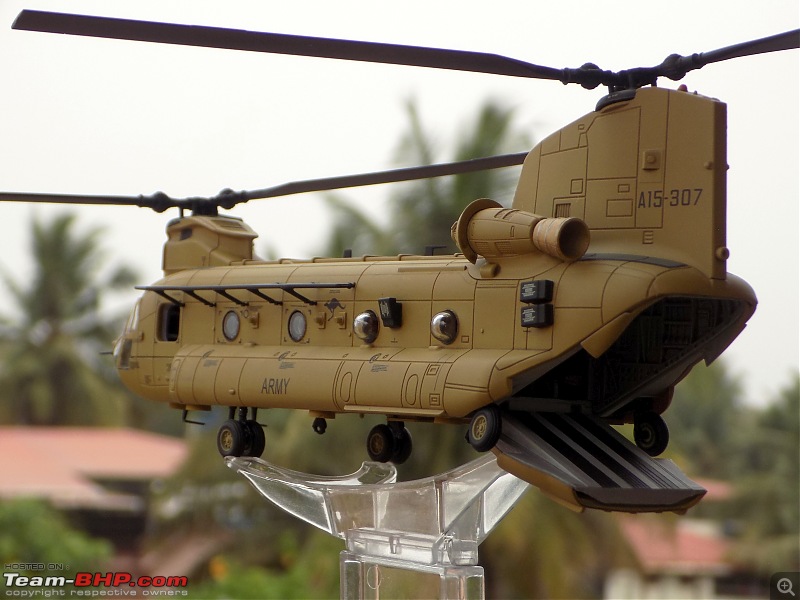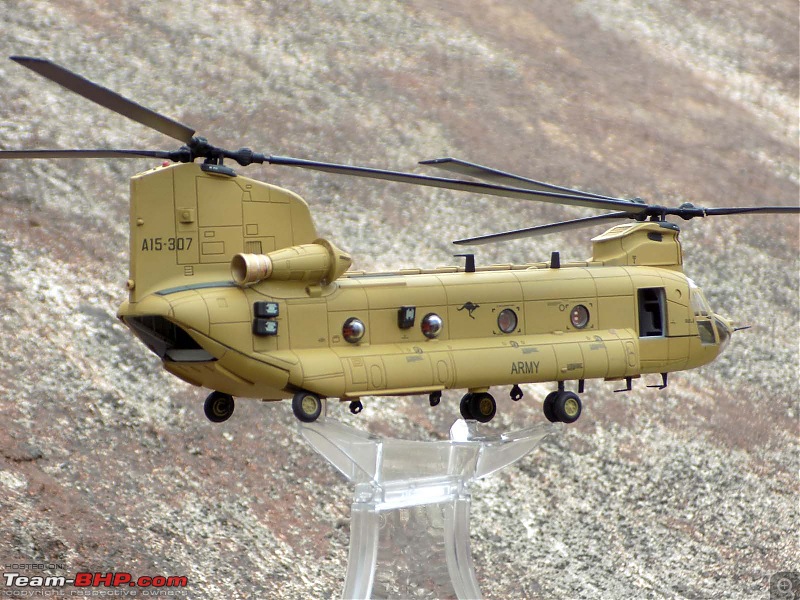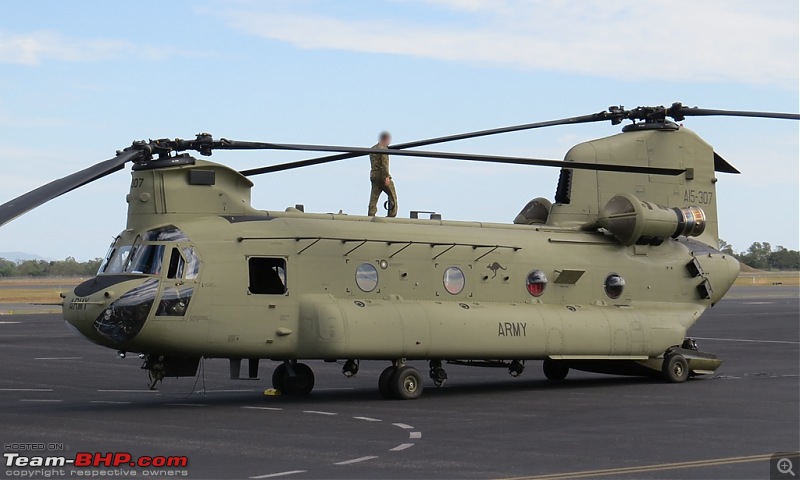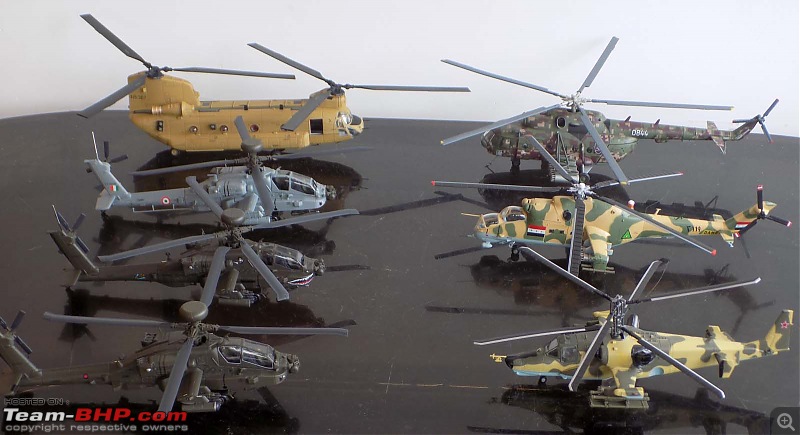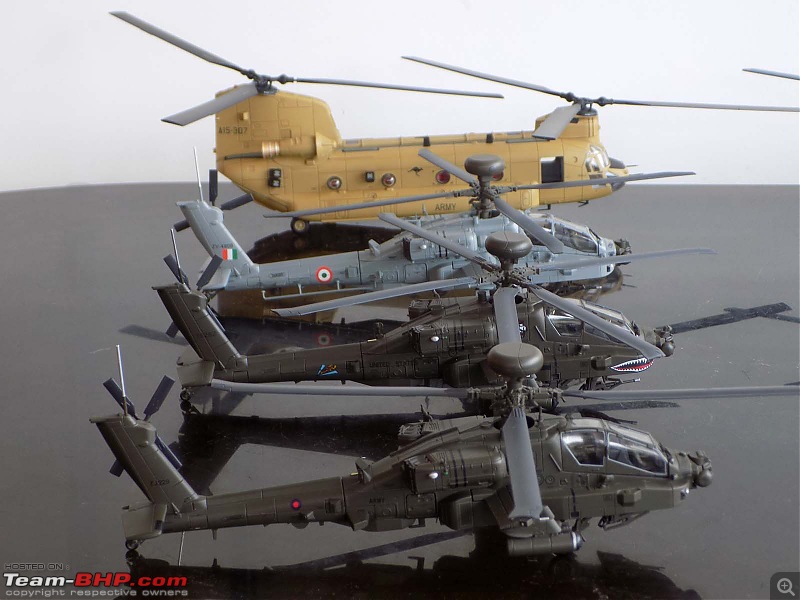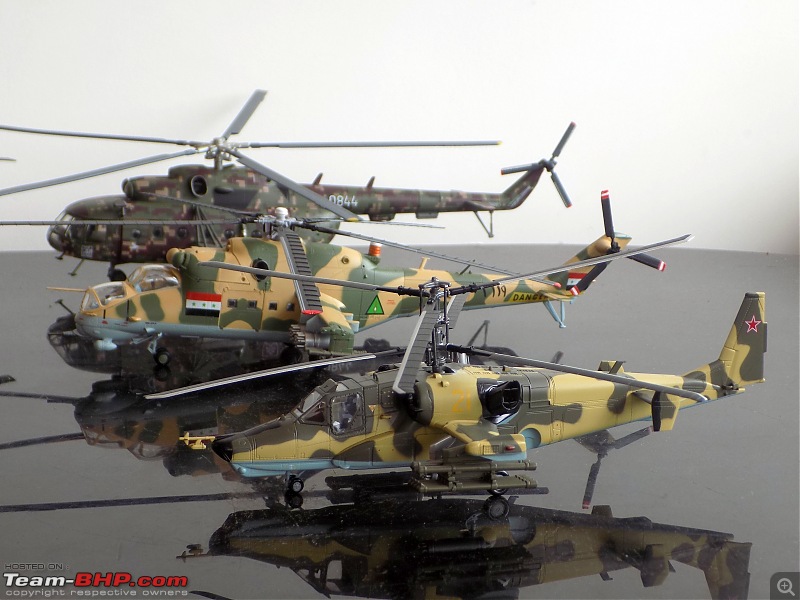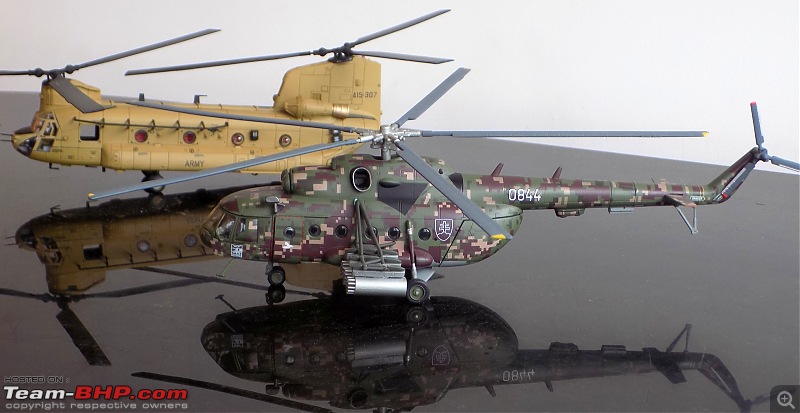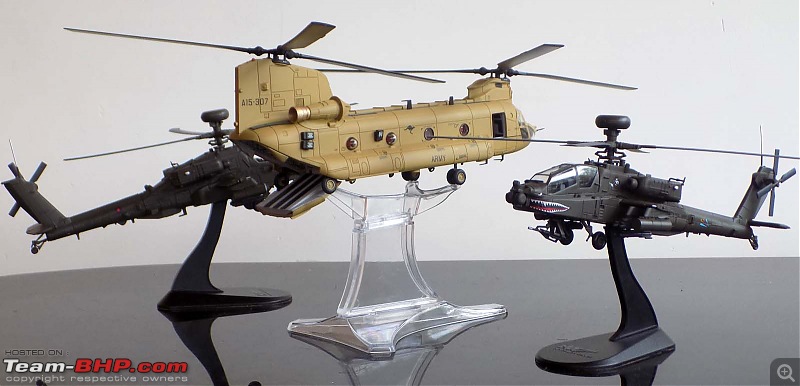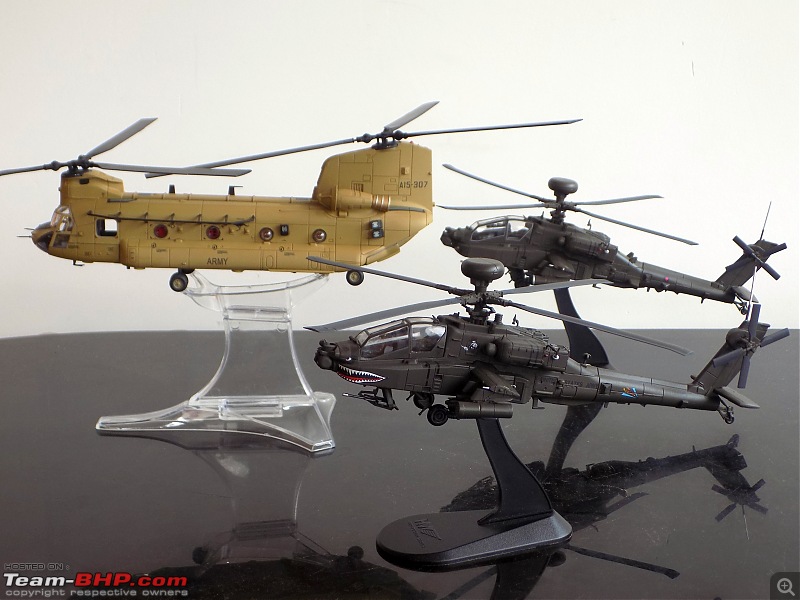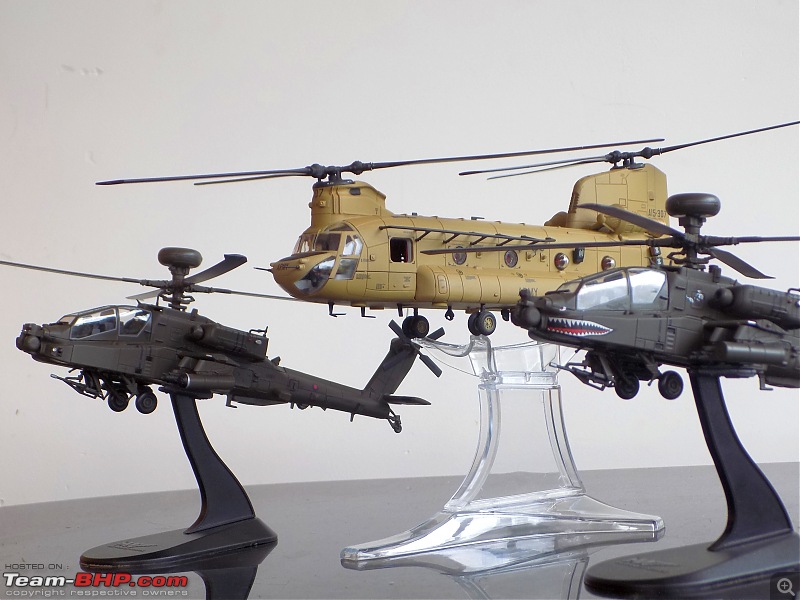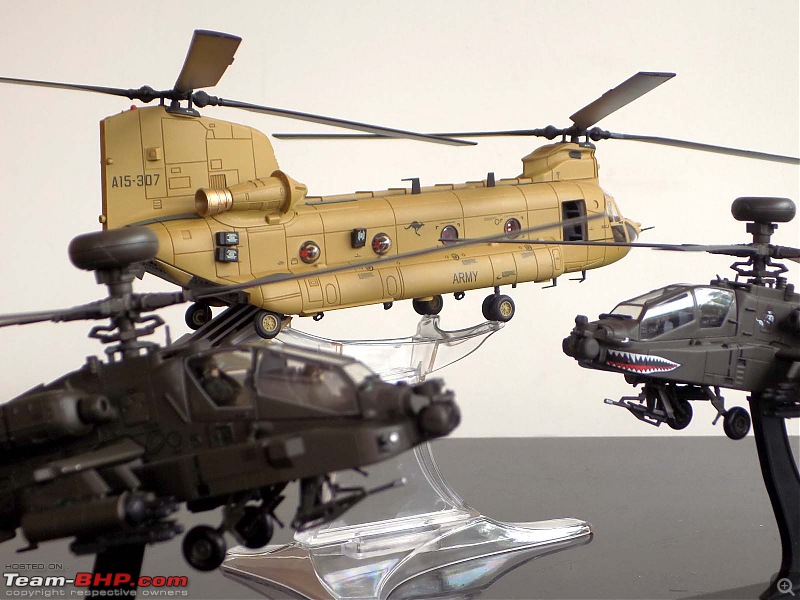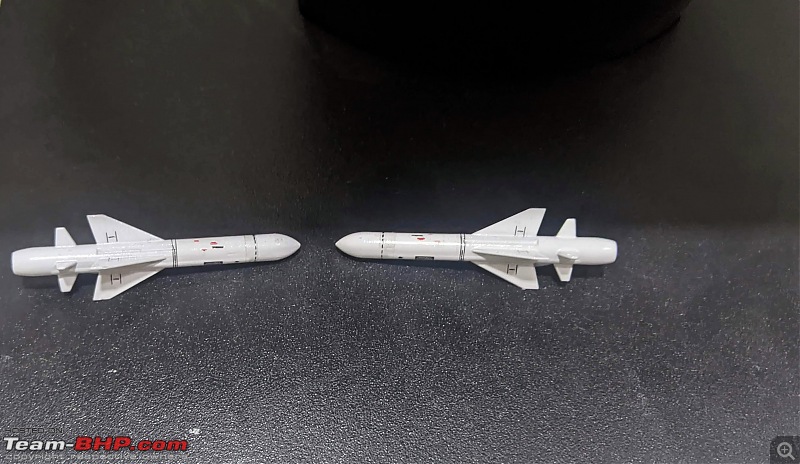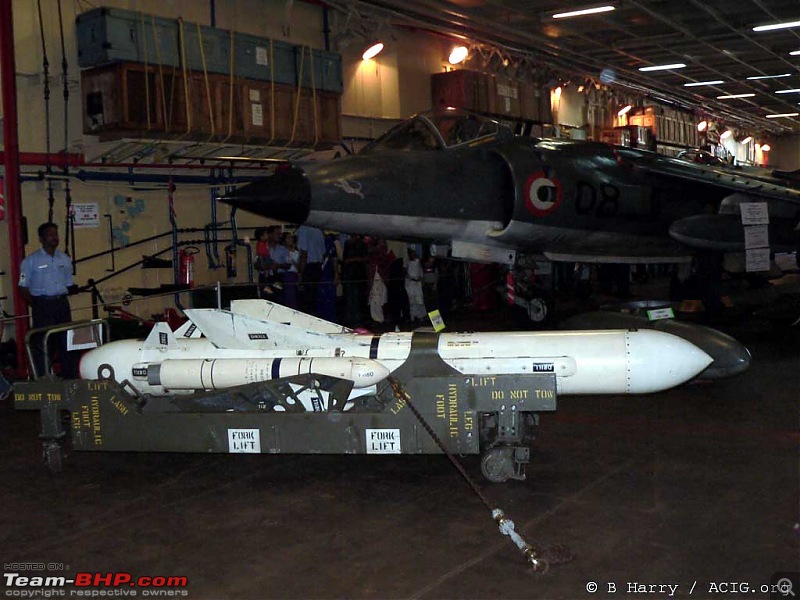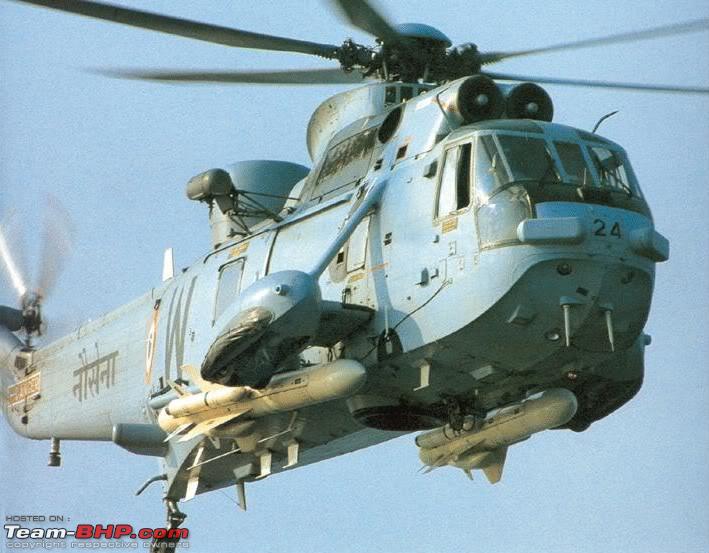1:72 M1A2 TUSK Abrams "Ghetto Blaster" 3rd Squadron, 3rd Armored Cavalry Regiment "Brave Rifles", US Army, FOB Hammer, Iraq, 2011 (Panzerkampf)
The M1 Abrams Main Battle Tank (MBT) is the namesake of the late General Creighton W. Abrams, former US Army Chief of Staff. The Abrams is the backbone of the armored forces of the United States military, and several of US allies as well. Over 8,800 M1 and M1A1 tanks have been produced for the US Army and Marine Corps, and the armies of Australia, Egypt, Saudi Arabia, Morocco, Iraq and Kuwait.
Although fielded in 1980, the Abrams remained untested for over 10 years. During Operation Desert Storm, there were concerns that the Abrams would fall victim to the sand and long months of continuous operation without the luxury of peacetime maintenance facilities. There were also doubts about the combat survivability of the extensive turret electronics. Immediately following President Bush's decision to commit US forces to the Gulf region in defense of Kuwait and Saudi Arabia, American armored units began the difficult process of relocating to the threatened area. Due to the shear size and weight of the Abrams, the C-5 Galaxy, the largest cargo aircraft in the US Air Force inventory, was only able to handle one tank at a time. This meant that nearly all of the Abrams tanks deployed in the Gulf War were shipped by cargo ship.
The Iraqi Army had a considerable array of tanks, mostly purchased from the former Soviet Union. Chief among these were about 500 T-72's. Despite it's advanced design, the T-72 proved to be inferior to the M1A1's deployed during the Gulf War, and compared more closely with the older M60A3 tanks used there by the US Marine Corps. In addition, Iraq had a number of T-62 and T-54/55s, both of which were developed in the 1960's. These tanks were widely regarded as clearly inferior to the Abrams.
As the Gulf War shifted pace from Operation Desert Shield to Operation Desert Storm, and the preparatory bombardment lifted, U.S. Abrams tanks spearheaded the attack on Iraqi fortifications and engaged enemy tanks whenever and wherever possible. Just as they had done in the Iran-Iraq War, the Iraqi Army used it's tanks as fixed anti-tank and artillery pieces, digging them into the ground to reduce target signature. However, this also prevented their quick movement and Allied air power smashed nearly 50% of Iraq's tank threat before Allied armor had moved across the border. After that the Abrams tanks quickly destroyed a number of Iraqi tanks that did manage to go mobile.
During the Gulf War, 18 Abrams tanks were taken out of service due to battle damage: nine were permanent losses, and another nine suffered repairable damage, mostly from mines. Not a single Abrams crewman was lost in the conflict. US armor commanders maintained an unprecedented 90% operational readiness for their Abrams Main Battle Tanks.
The TUSK Upgrade
The Tank Urban Survival Kit (TUSK) is a series of improvements to the M1 Abrams intended to improve fighting ability in urban environments. Historically, urban and other close battlefields have been poor places for tanks to fight. A tank's front armor is much stronger than that on the sides, top, or rear. In an urban environment, attacks can come from any direction, and attackers can get close enough to reliably hit weak points in the tank's armor or gain sufficient elevation to hit the top armor.
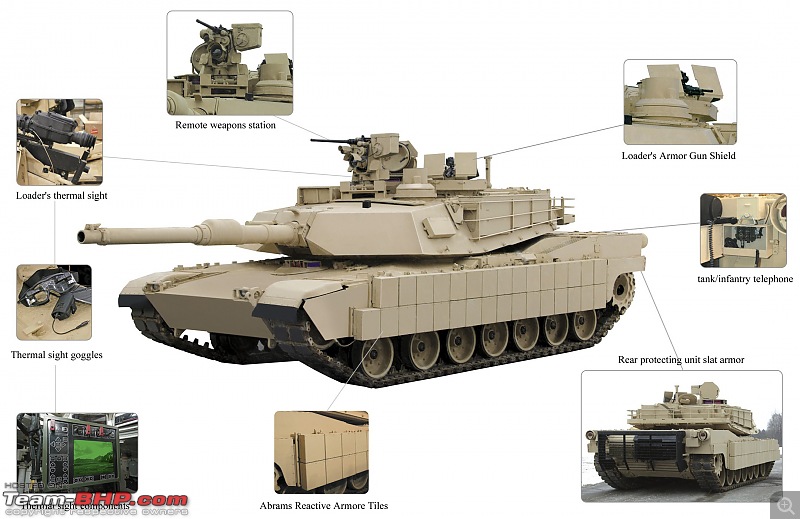
Armor upgrades include reactive armor on the sides of the tank and slat armor on the rear to protect against rocket-propelled grenades and other shaped charge warheads. A Transparent Armor Gun Shield and a thermal sight system are added to the loader's top-mounted M240B 7.62 mm machine gun, and a Kongsberg Gruppen Remote Weapon Turret carrying a 12.7 mm (.50 in) caliber machine gun is in place of the tank commander's original 12.7 mm (.50 in) caliber machine gun mount, wherein the commander had to expose himself to fire the weapon manually. An exterior telephone allows supporting infantry to communicate with the tank commander.
The TUSK system is a field-installable kit that allows tanks to be upgraded without needing to be recalled to a maintenance depot. While the reactive armor may not be needed in most situations, like those present in maneuver warfare, items like the rear slat armor, loader's gun shield, infantry phone , and Kongsberg Remote Weapons Station for the 12.7 mm (.50 in) caliber machine gun will be added to the entire M1A2 fleet over time.
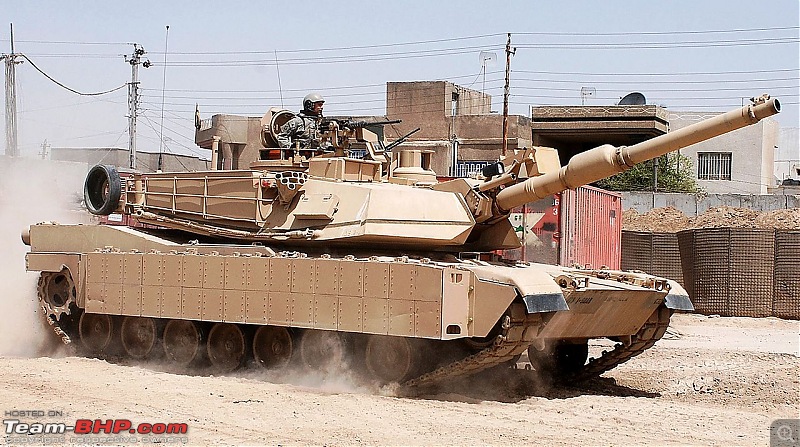
U.S. Army M1A2 Abrams with production TUSK explosive reactive armor package installed
M1A2 Abrams Specifications
Designer: Chrysler Defense (now General Dynamics Land Systems)
Mass: 73.6 short tons (66.8 t)
Length:
Gun forward: 32.04 ft (9.77 m)[6]
Hull length: 26.02 ft (7.93 m)
Width 12 ft (3.66 m)[6]
Height 8 ft (2.44 m)[6]
Crew: 4 (commander/machine gunner, gunner, loader, driver)
Armor: composite armor
Main Armament: 120 mm L/44 M256A1 smoothbore gun (42 rounds)
Secondary Armament:
1 × .50 caliber (12.7 mm) M2HB heavy machine gun with 900 rounds
2 × 7.62 mm (.308 in) M240 machine guns with 10,400 rounds (1 pintle-mounted, 1 coaxial)
Engine: Honeywell AGT1500 multi-fuel turbine engine 1,500 shp (1,120 kW)
Power/weight: 26.9 hp/t
Transmission: Allison DDA X-1100-3B
Suspension: High-hardness-steel torsion bars with rotary shock absorbers
Ground clearance : 0.43 m (1 ft 5 in)
Fuel capacity : 504.4 US gallons (1,909 L)
Operational Range :
Road: 265 mi (426 km)
Cross country: 93–124 mi (150–200 km)
Maximum speed:
Road: 42 mph (67 km/h);
Off-road: 25 mph (40 km/h)
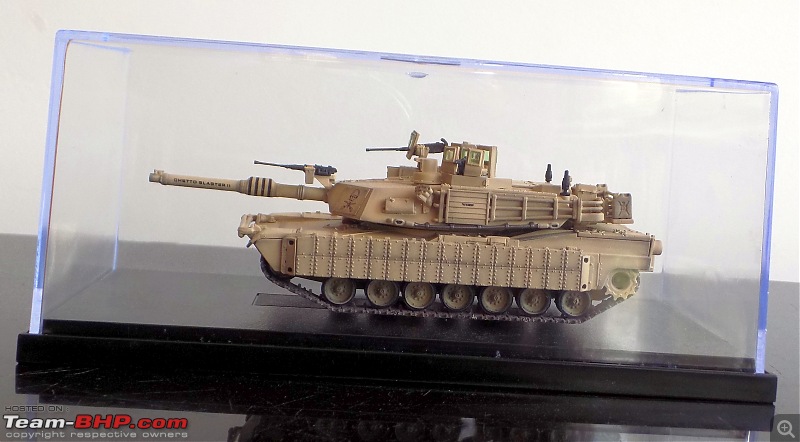
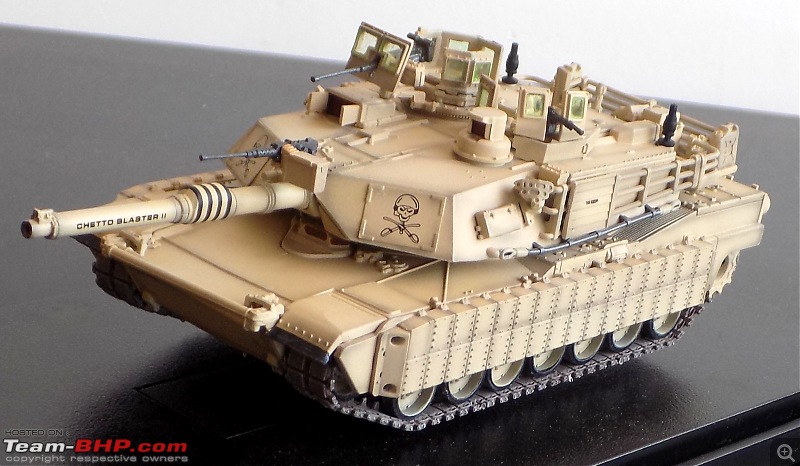
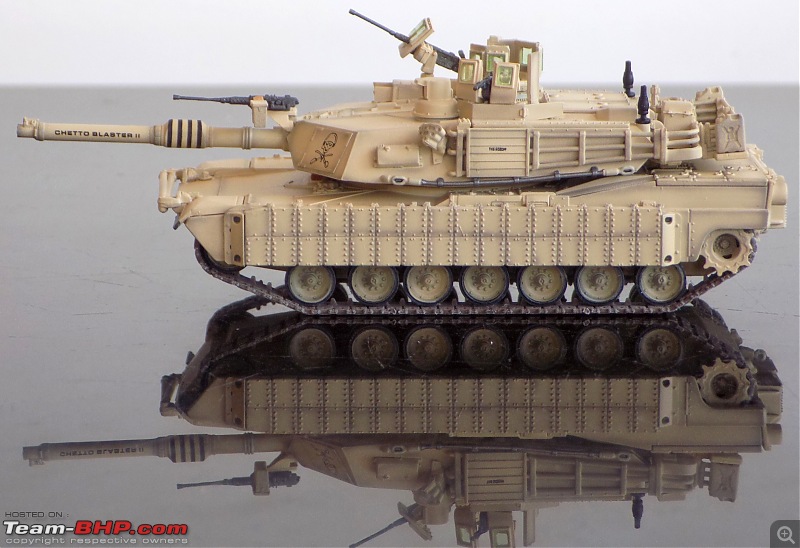
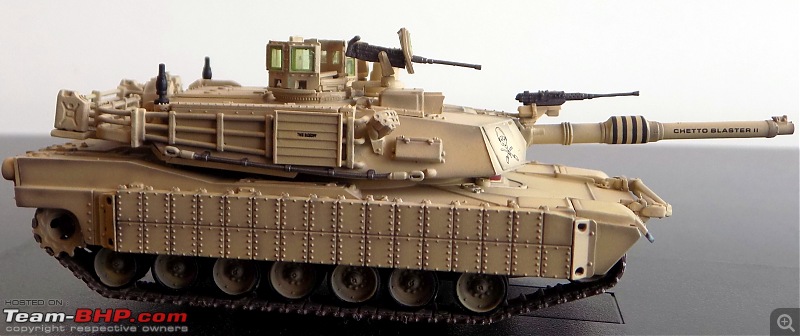
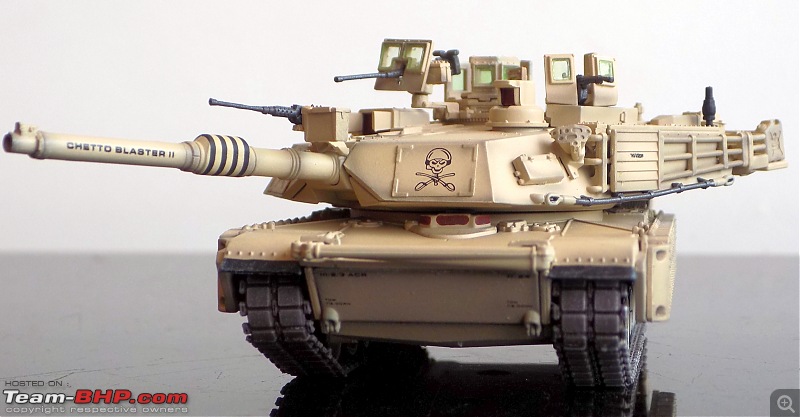
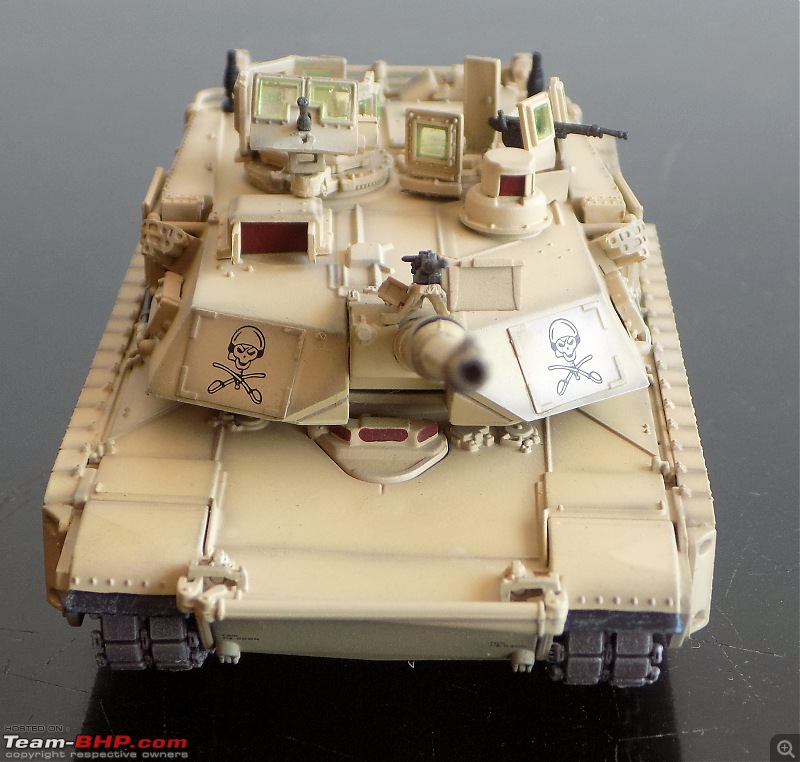
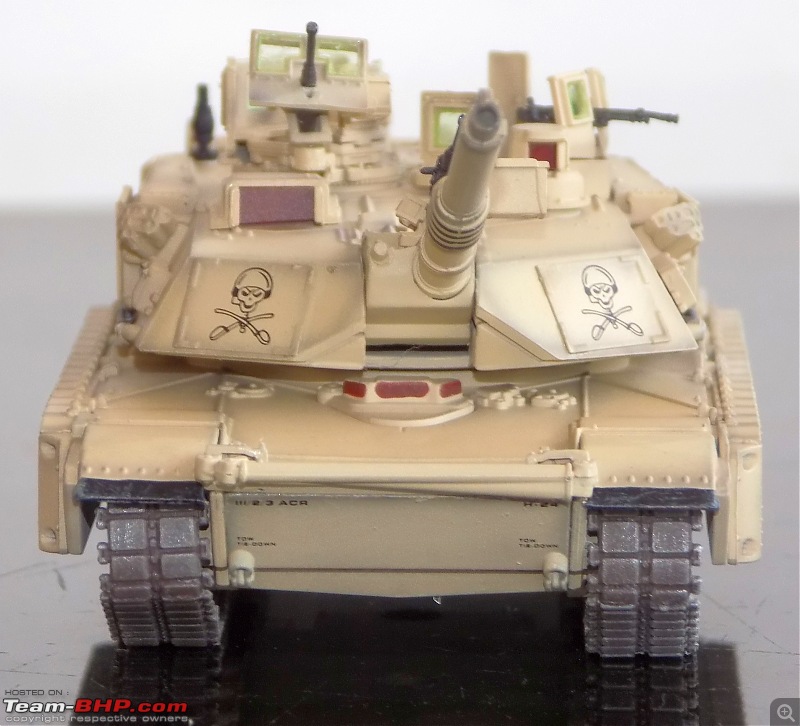
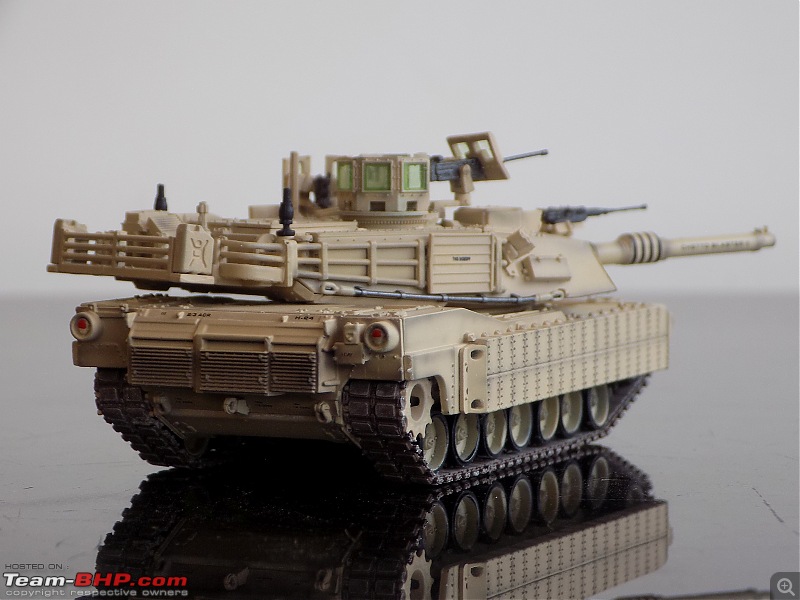
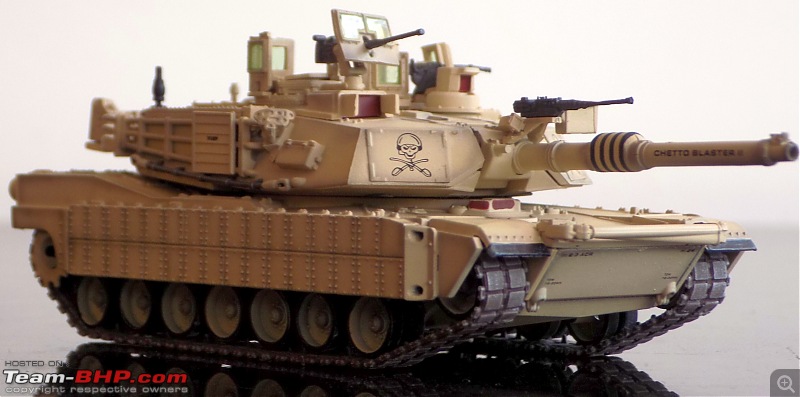
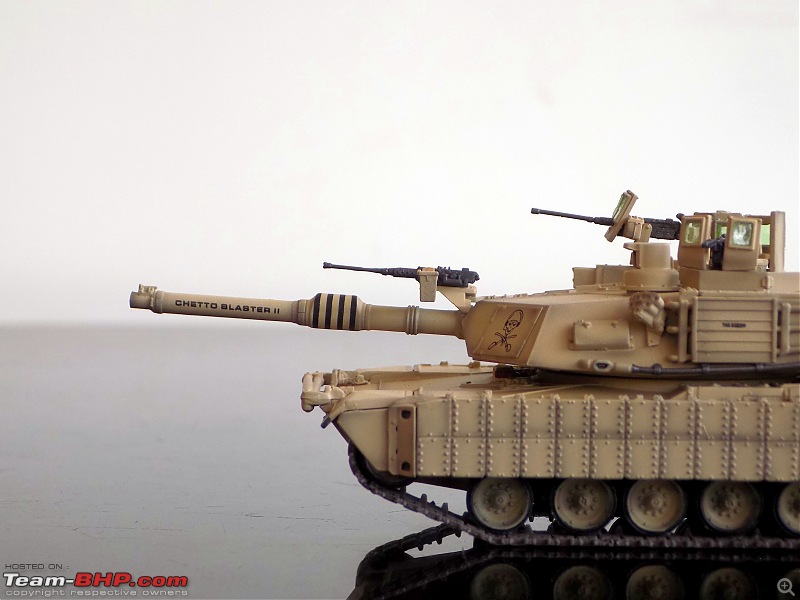
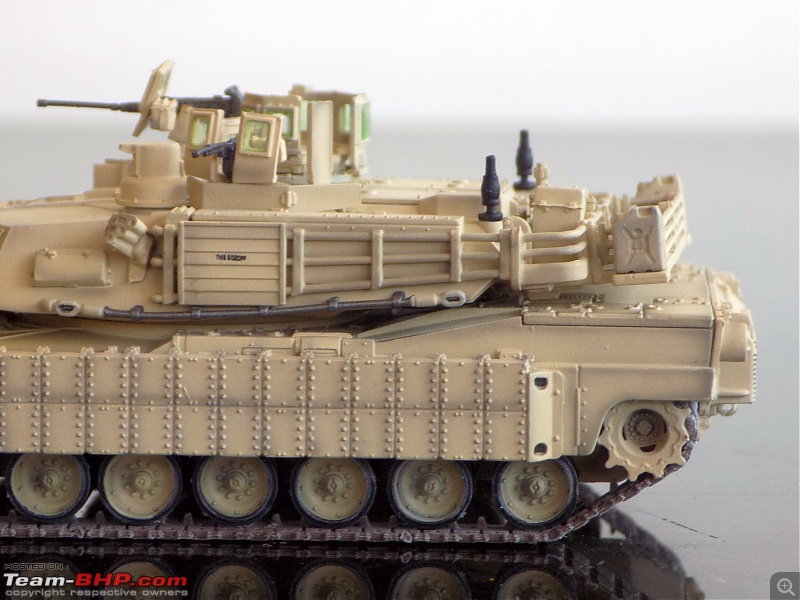
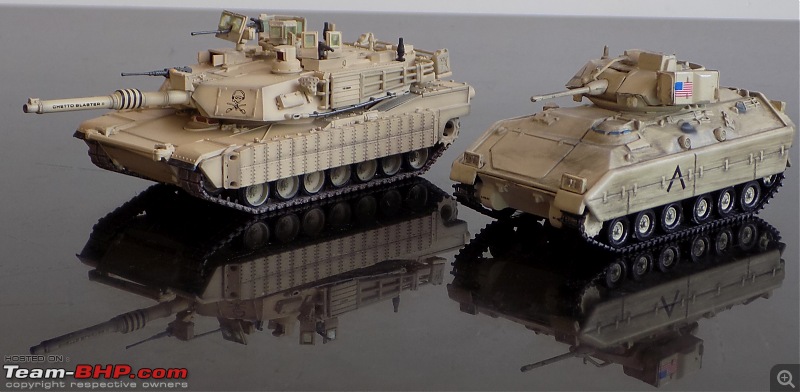
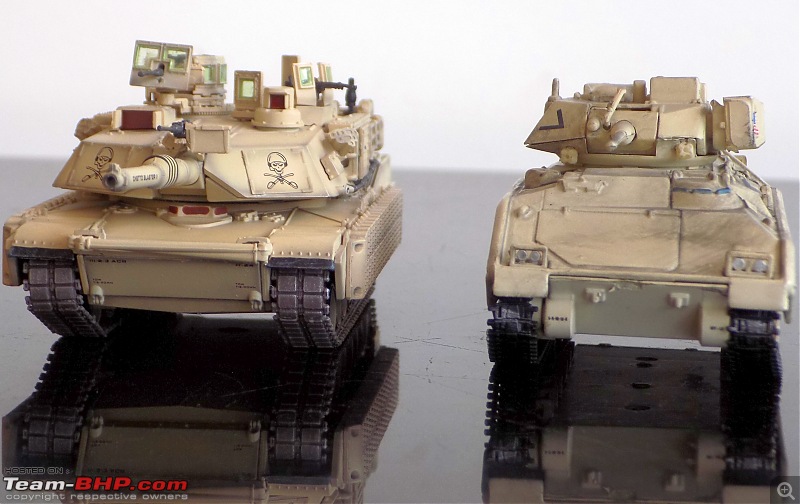
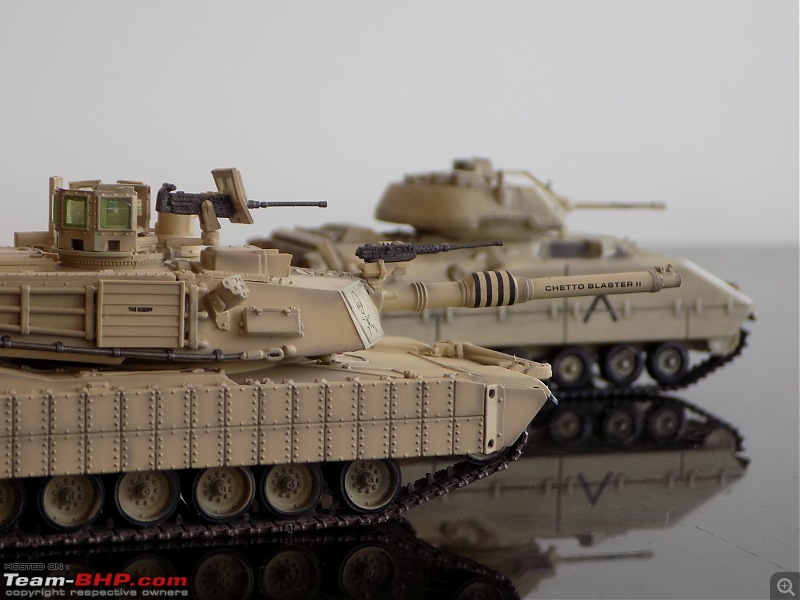
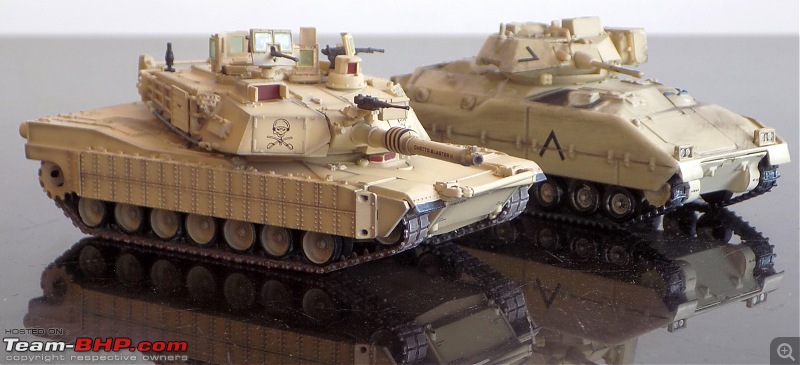
Guardian Angel above them...an US Army Apache( Ok, I cheated as the Longbow wasn't operational during Desert Storm)
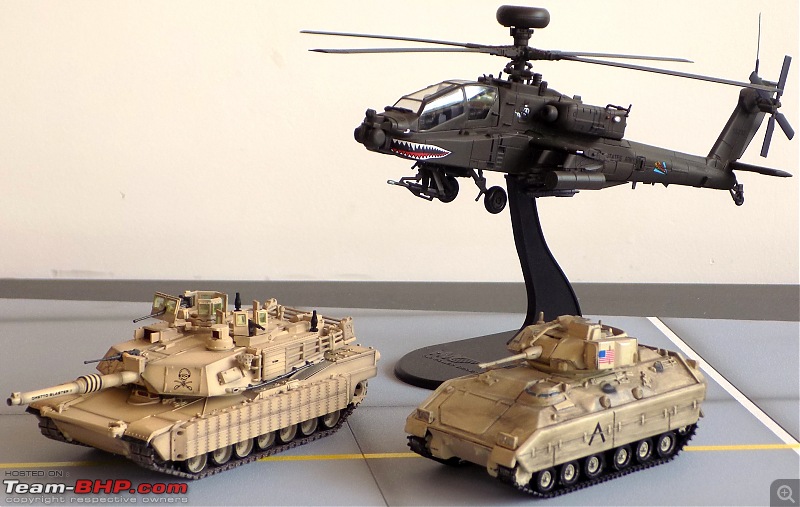
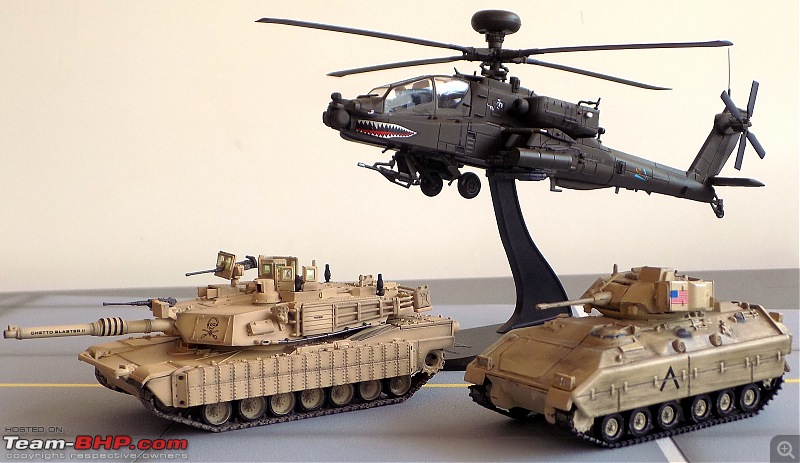
Desert Storm collection:
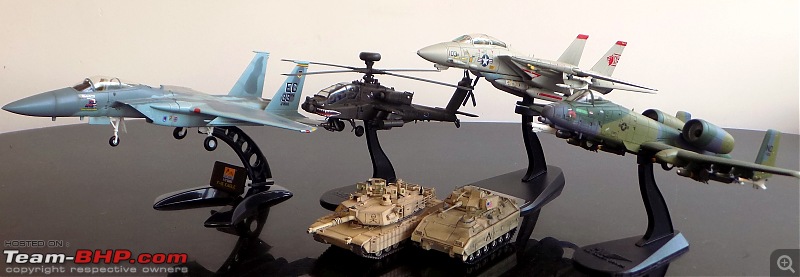
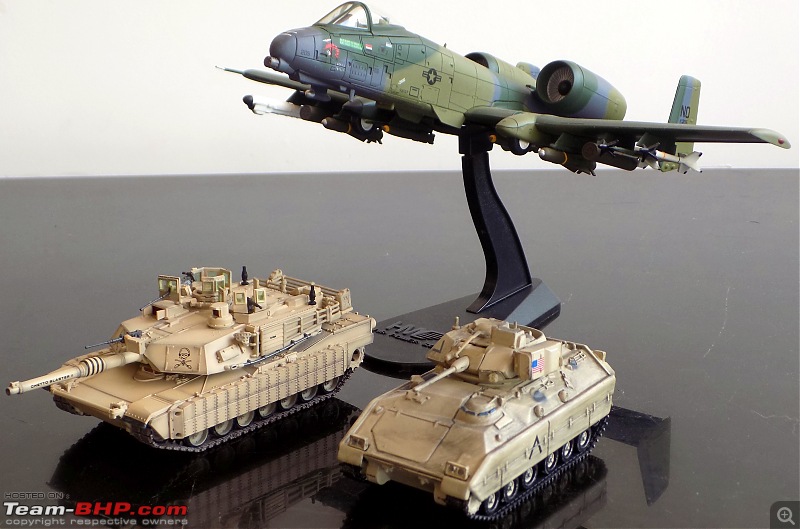
Had lots of fun playing Armored Fist 3, 20 years ago, in which you got a play as a gunner/driver/commander of an M1A2 in different scenarios. Into the Storm was a book about the ground assault of the Persian Gulf War. I had got from Mangalore for Rs 300 odd 15-16 years ago ..still have the bill in that book!!!
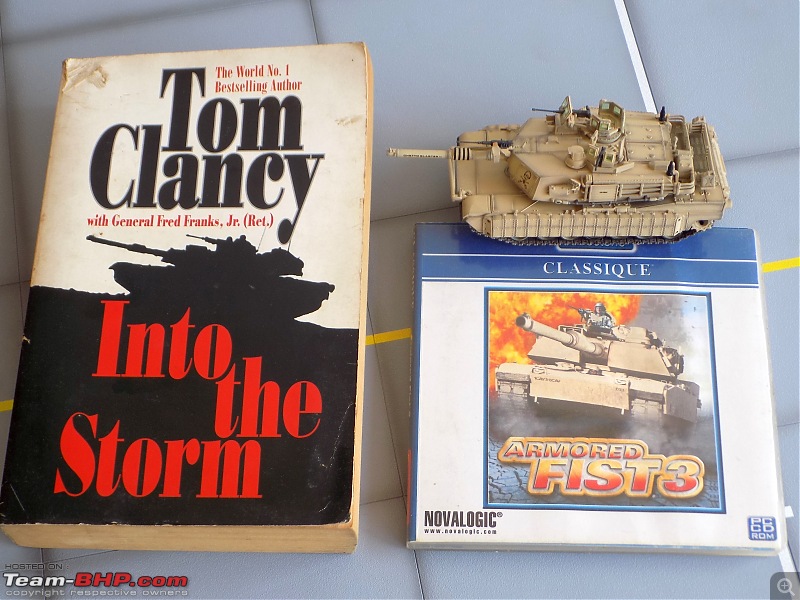
 (5)
Thanks
(5)
Thanks
 (5)
Thanks
(5)
Thanks
 (3)
Thanks
(3)
Thanks
 (1)
Thanks
(1)
Thanks
 (2)
Thanks
(2)
Thanks
 (3)
Thanks
(3)
Thanks

 (3)
Thanks
(3)
Thanks
 (3)
Thanks
(3)
Thanks
 (4)
Thanks
(4)
Thanks
 (5)
Thanks
(5)
Thanks
 (4)
Thanks
(4)
Thanks
 (6)
Thanks
(6)
Thanks
 (1)
Thanks
(1)
Thanks
 (1)
Thanks
(1)
Thanks
 (3)
Thanks
(3)
Thanks





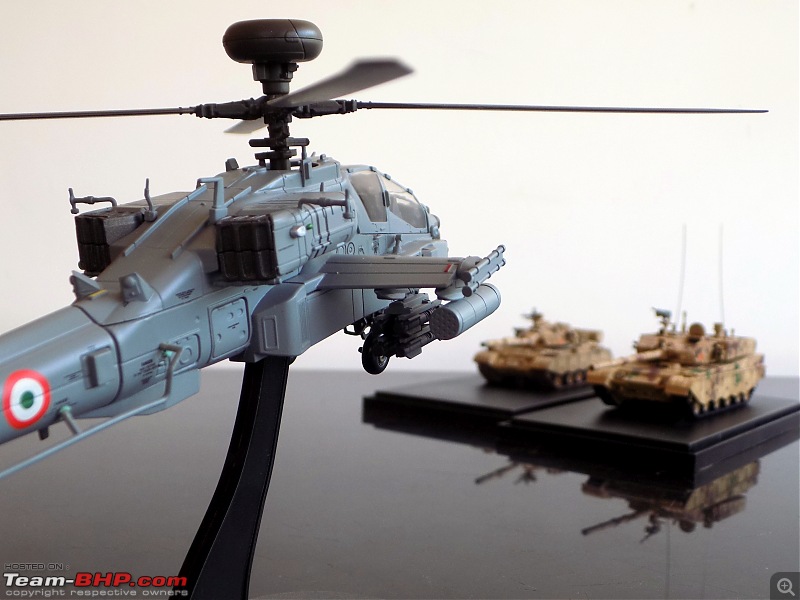
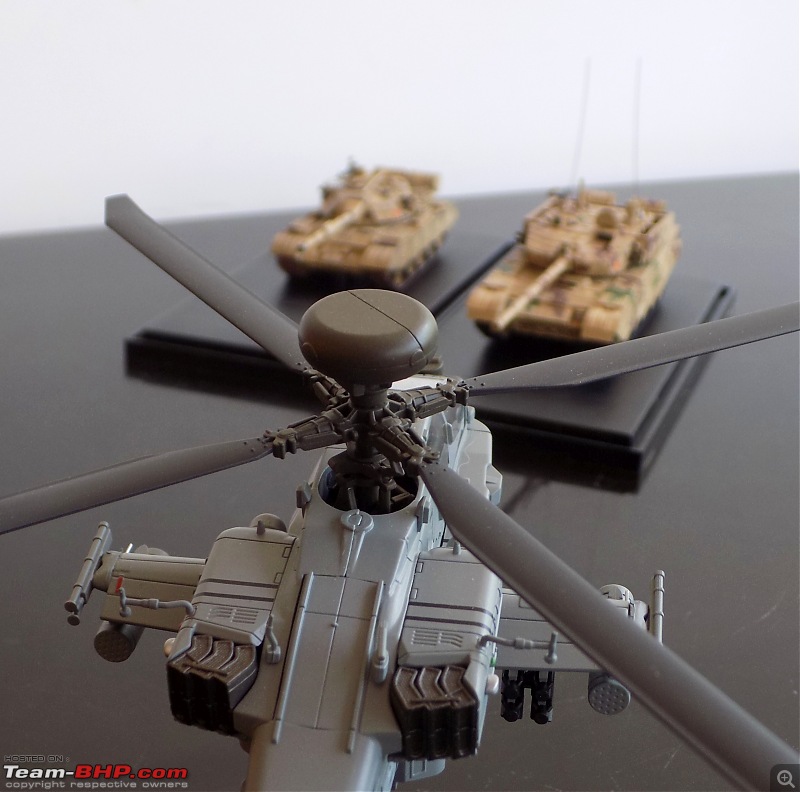
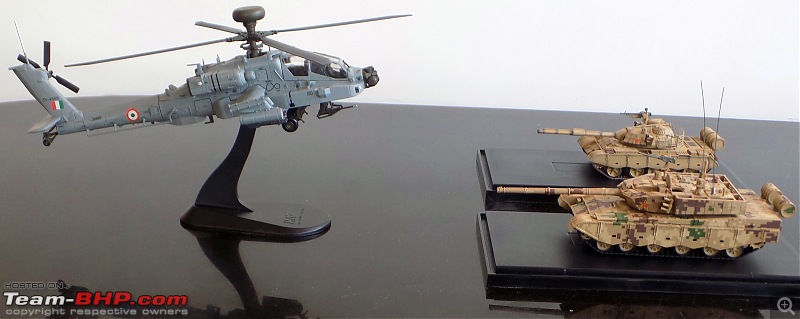
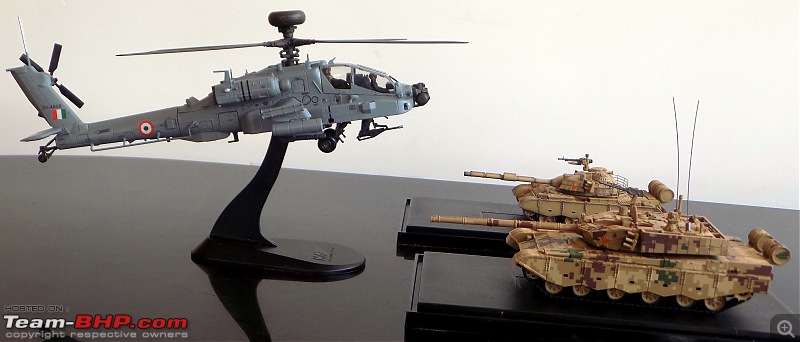
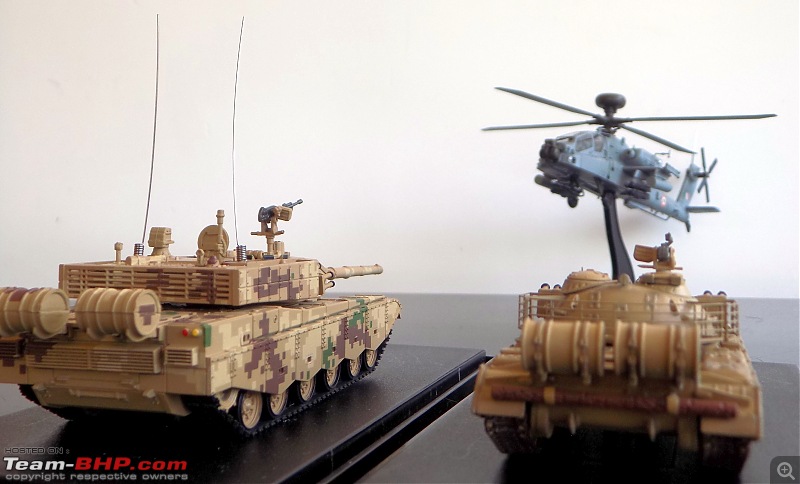
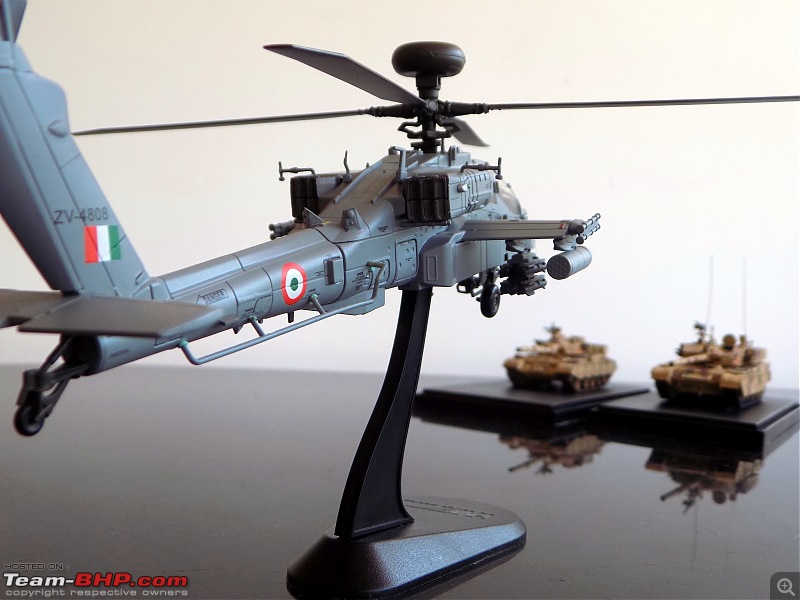
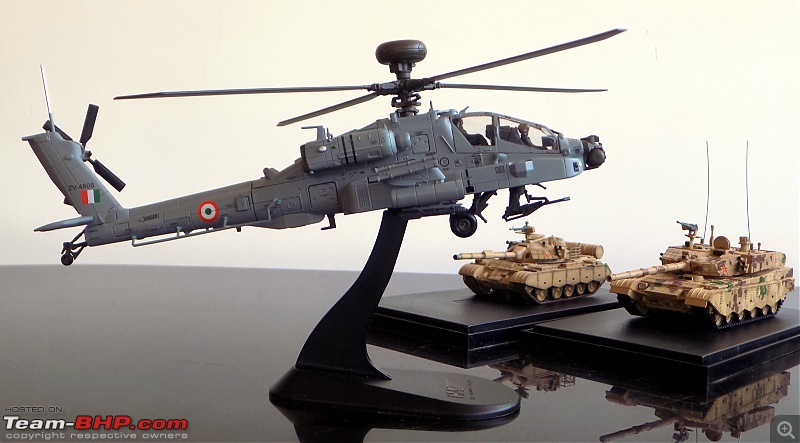

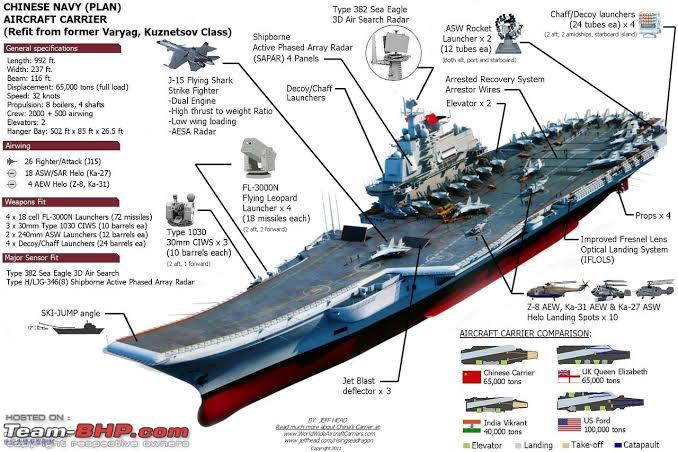




 It's a second front on that thread !!
It's a second front on that thread !!

